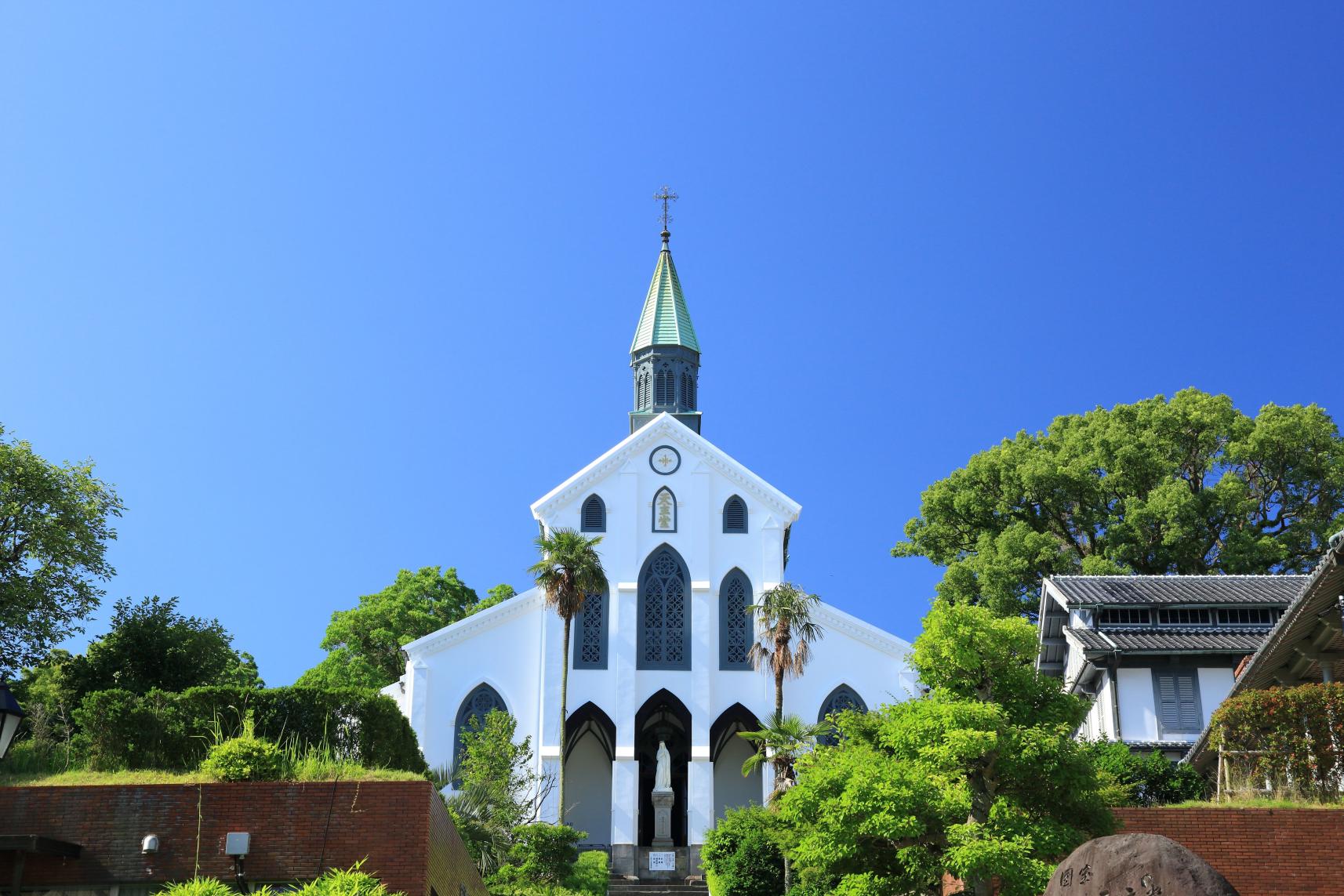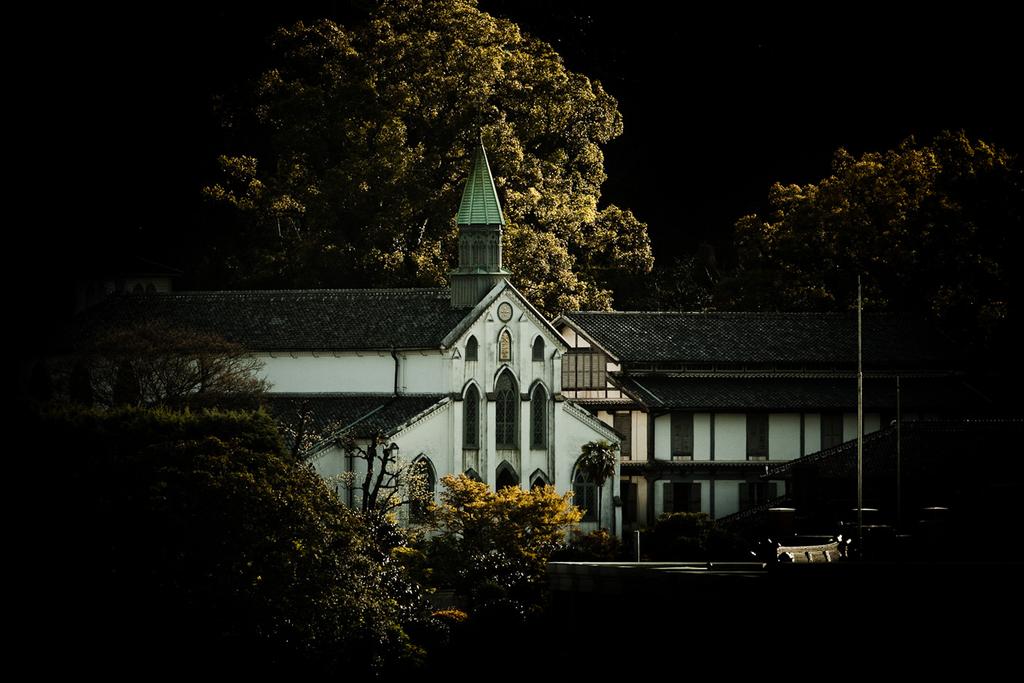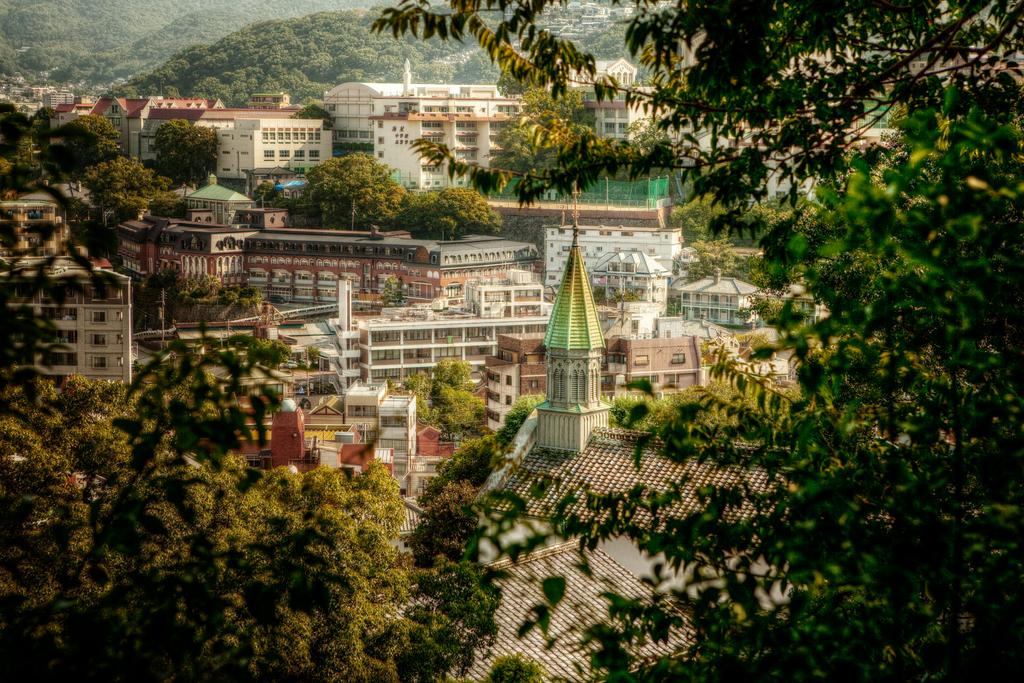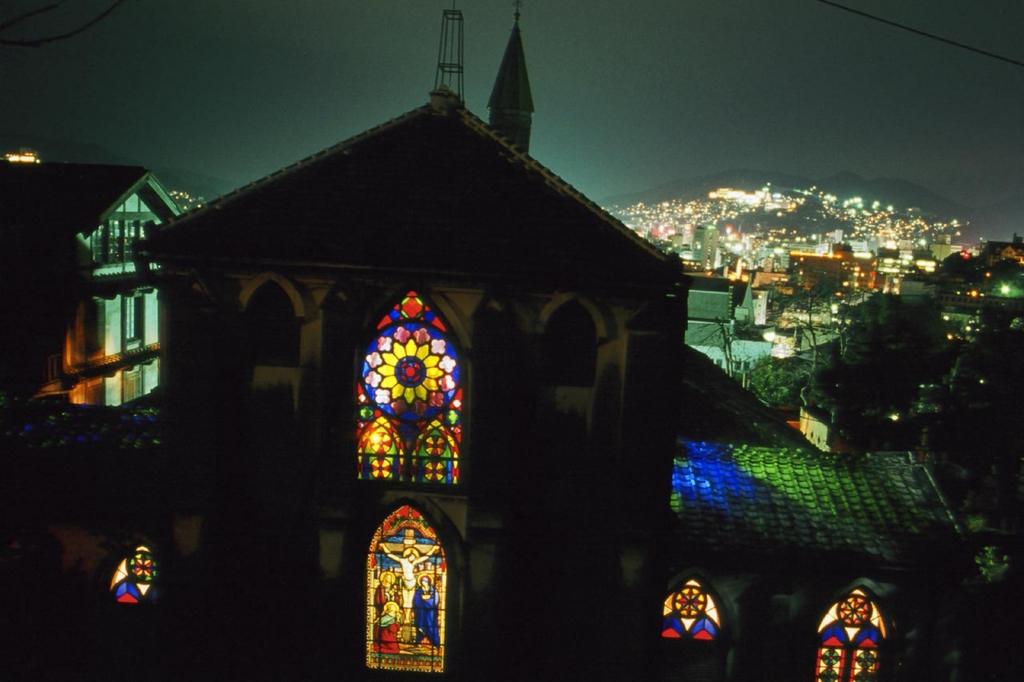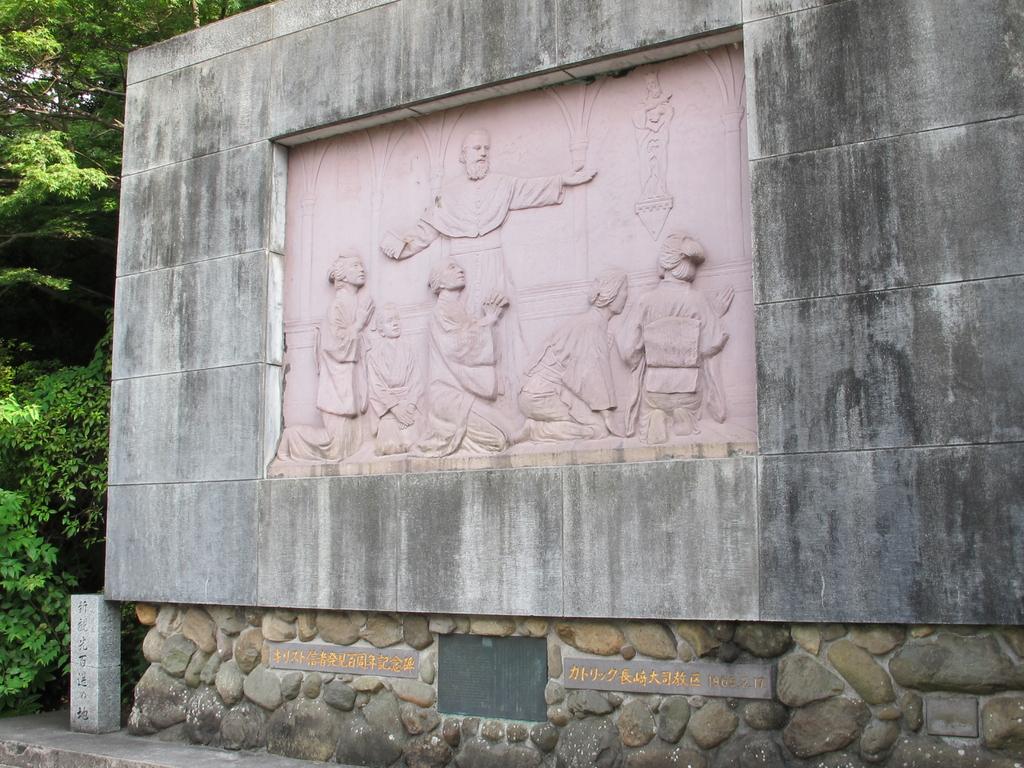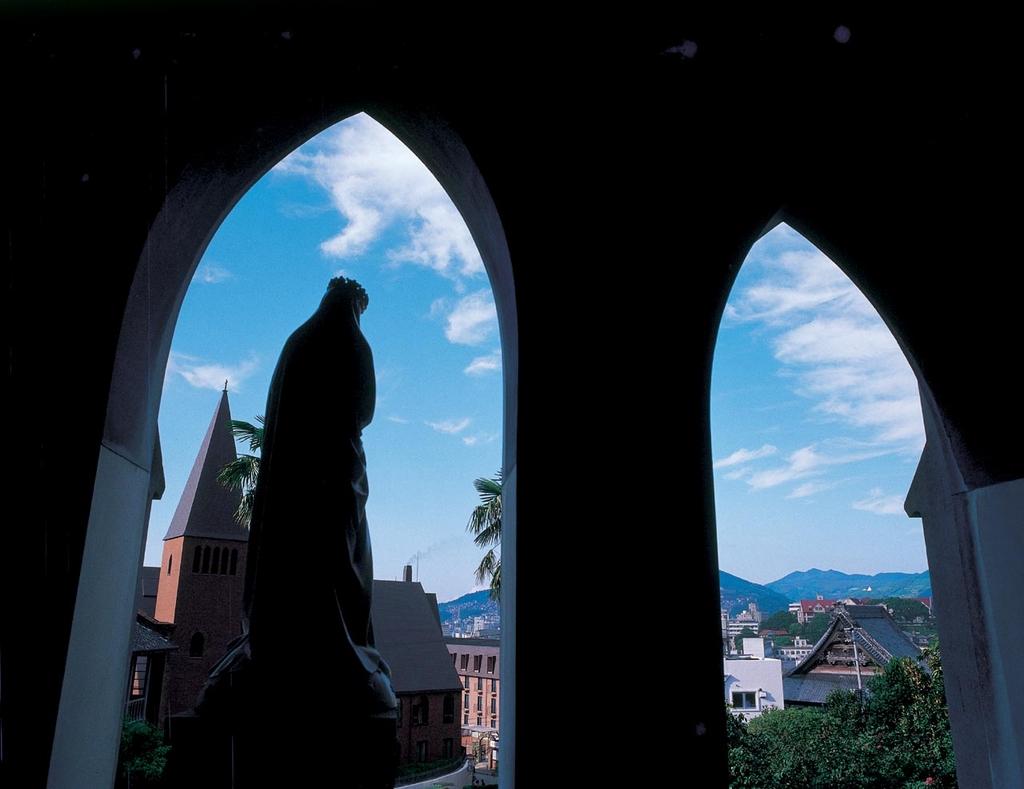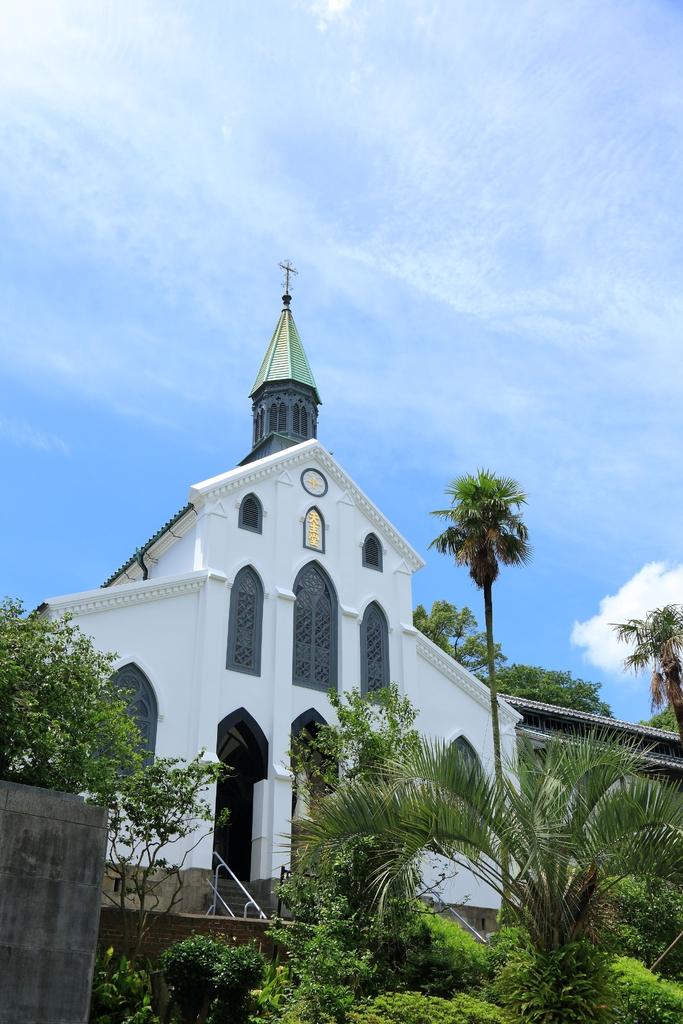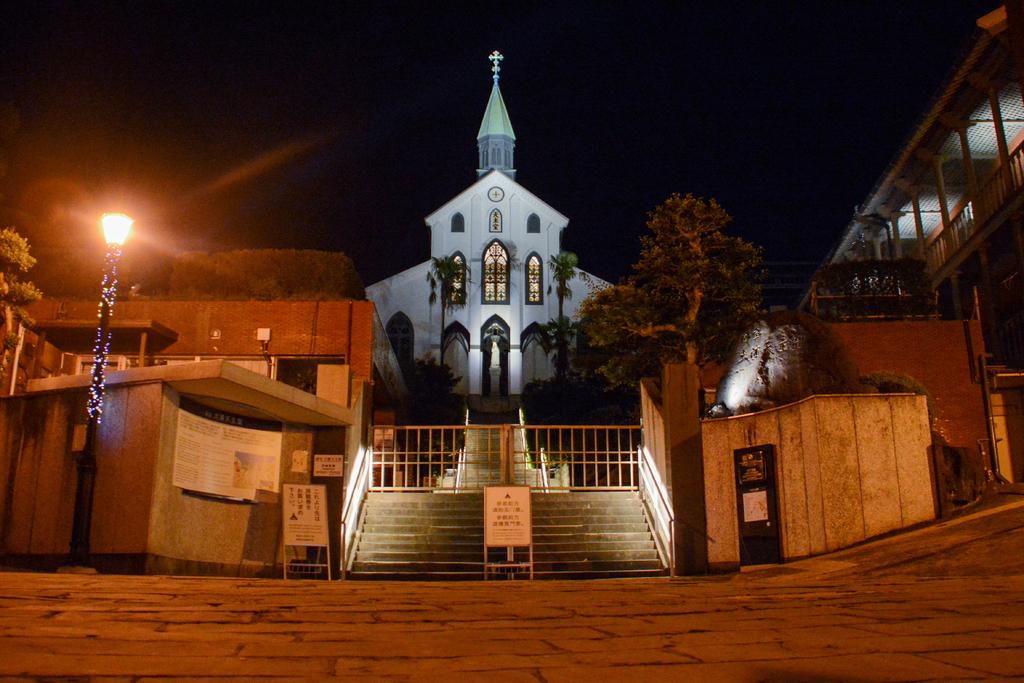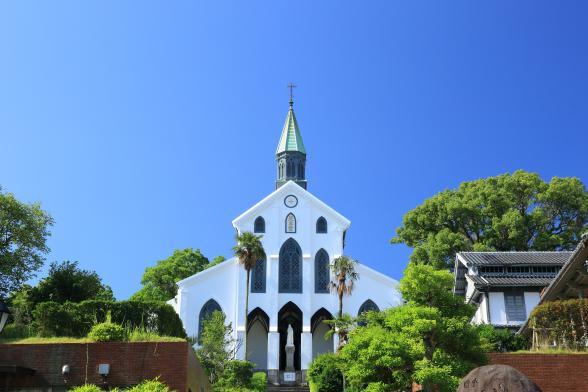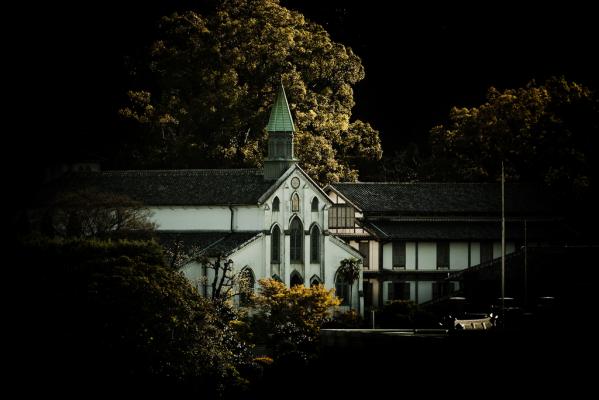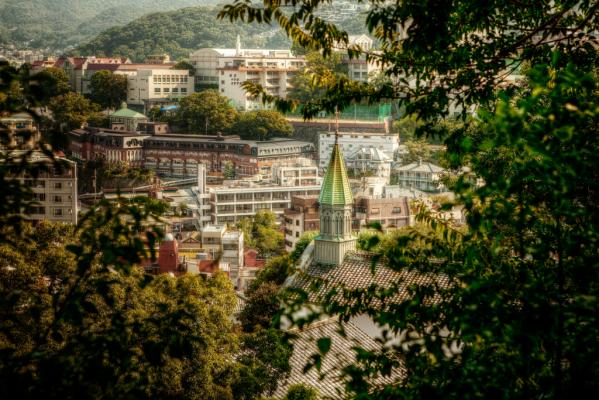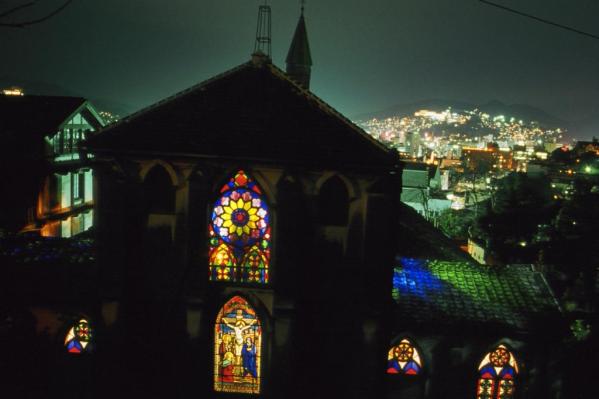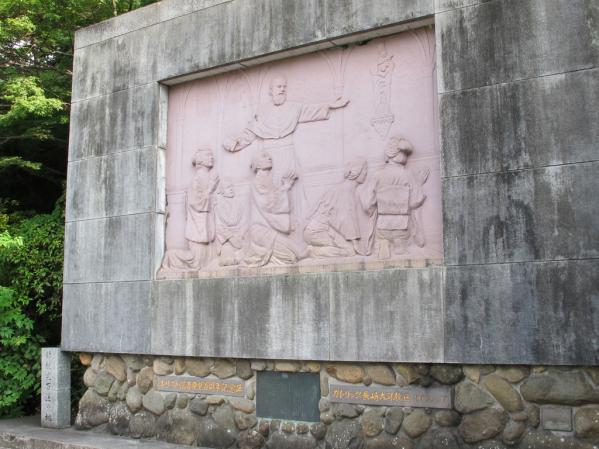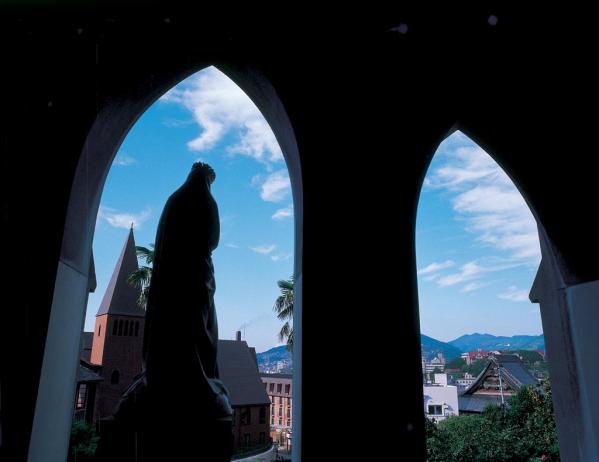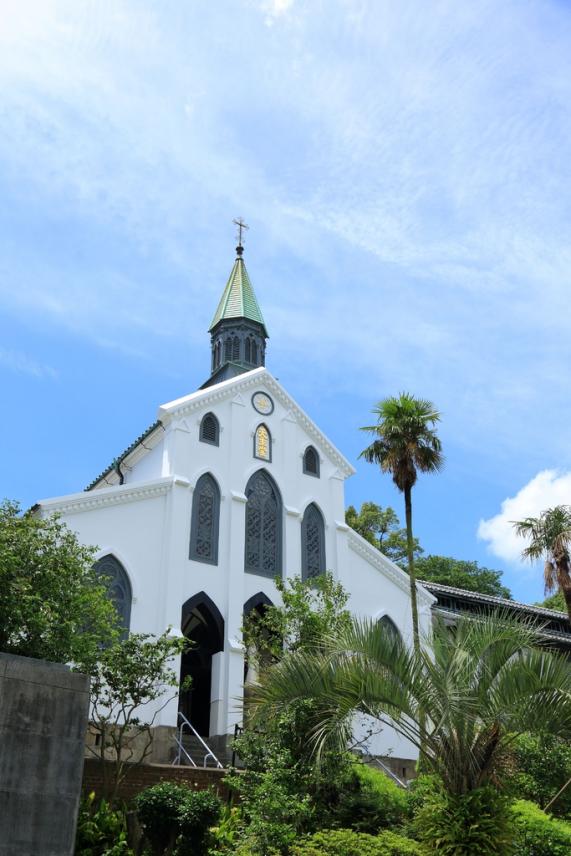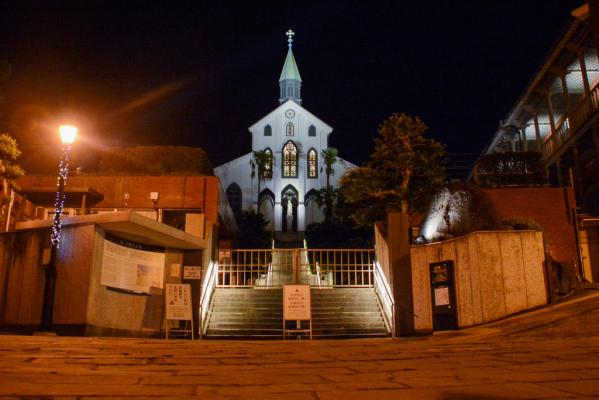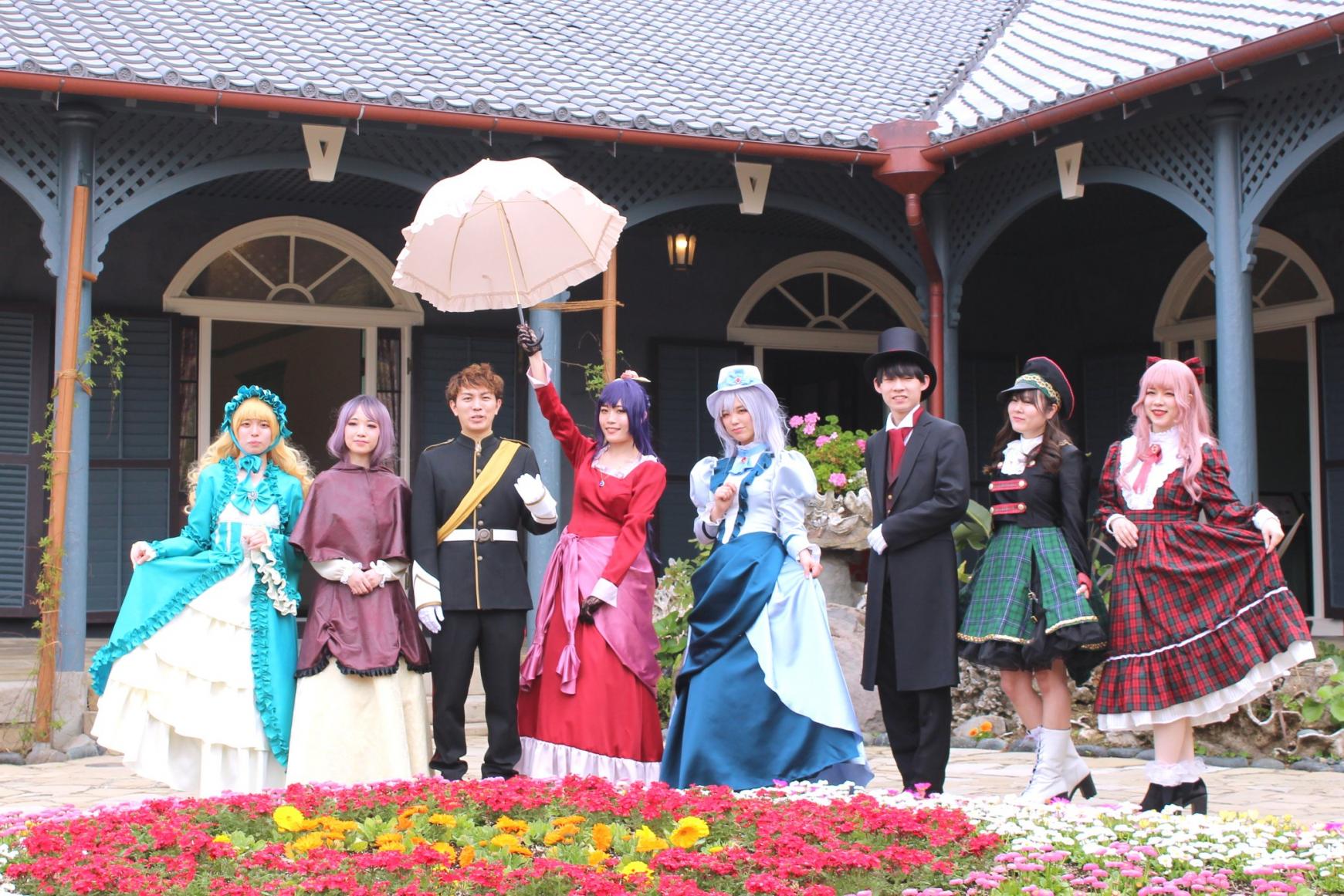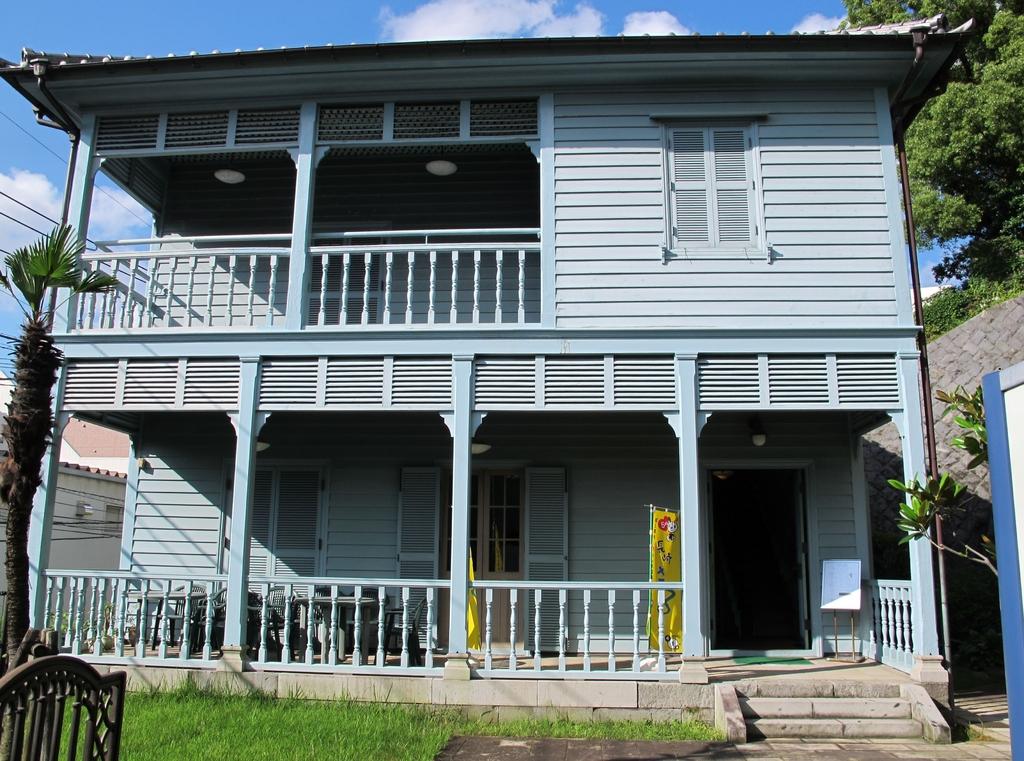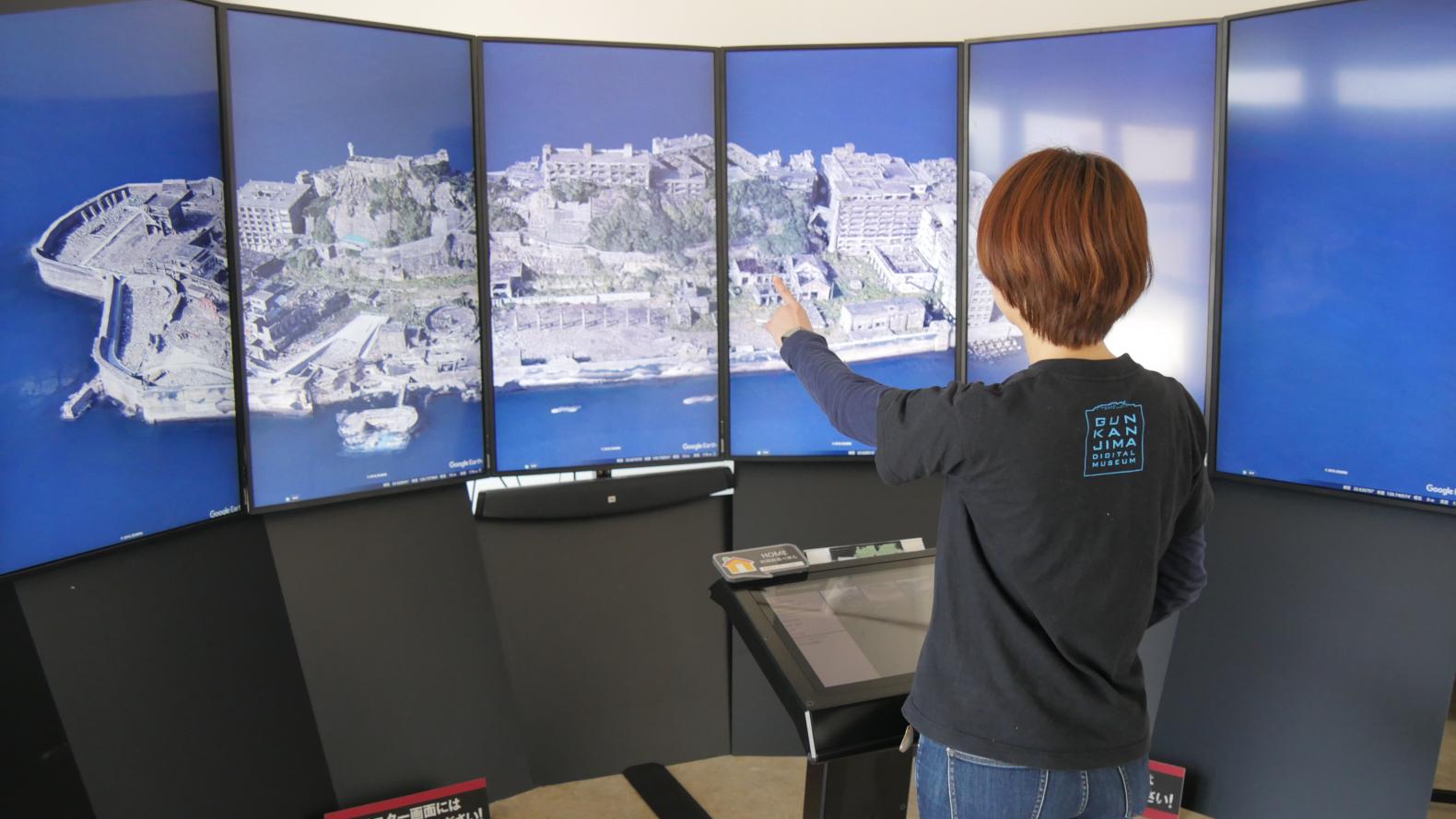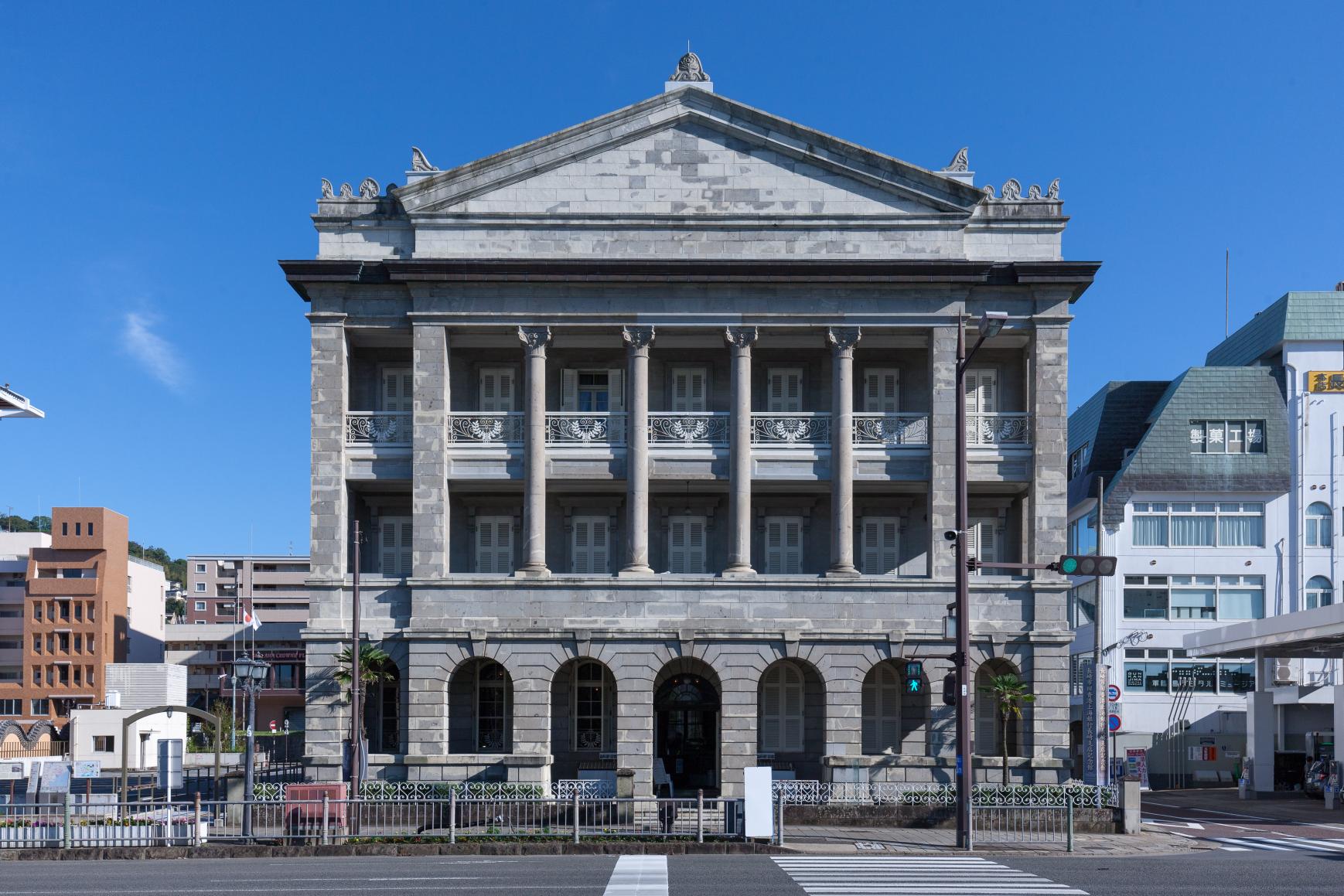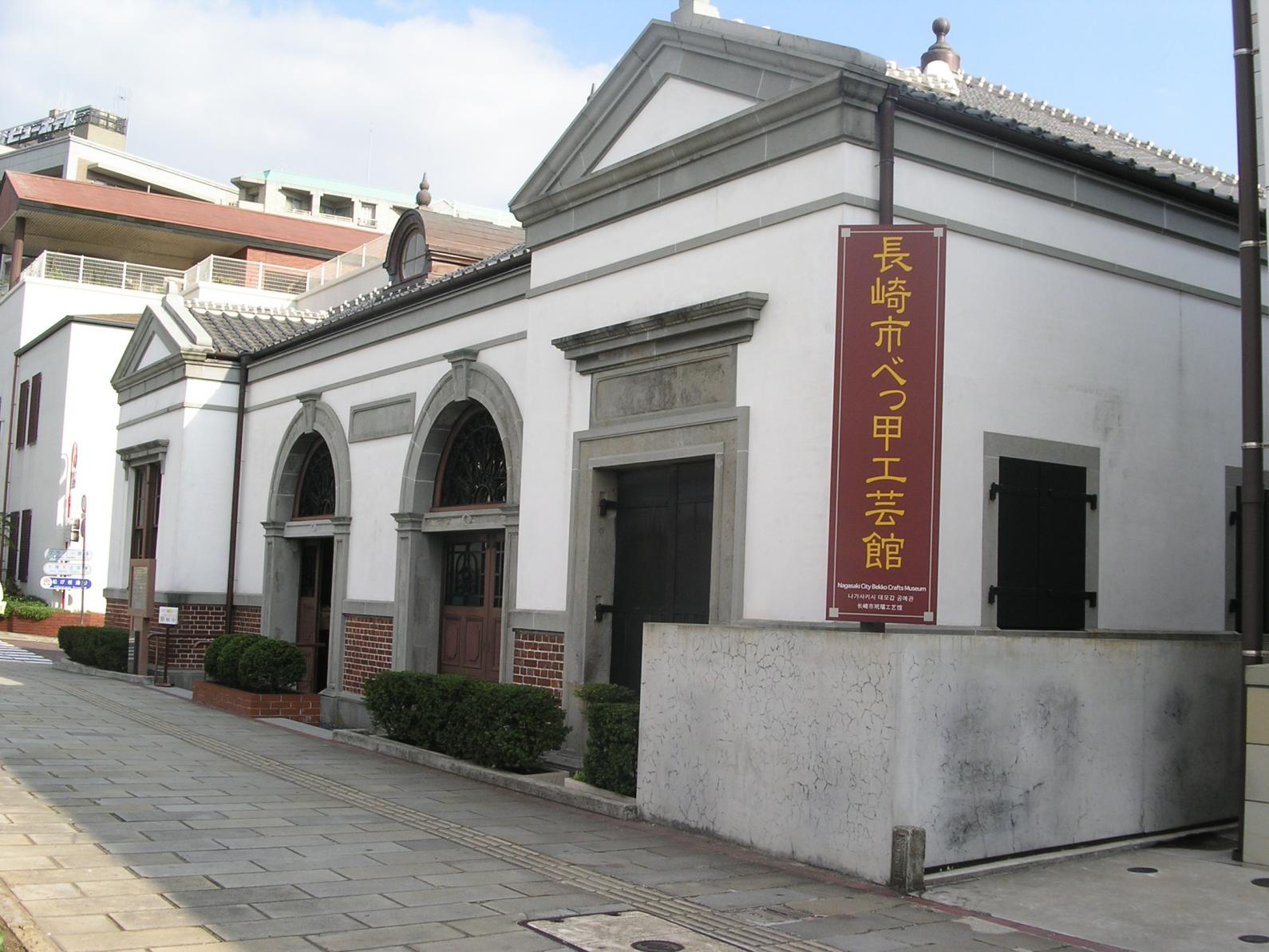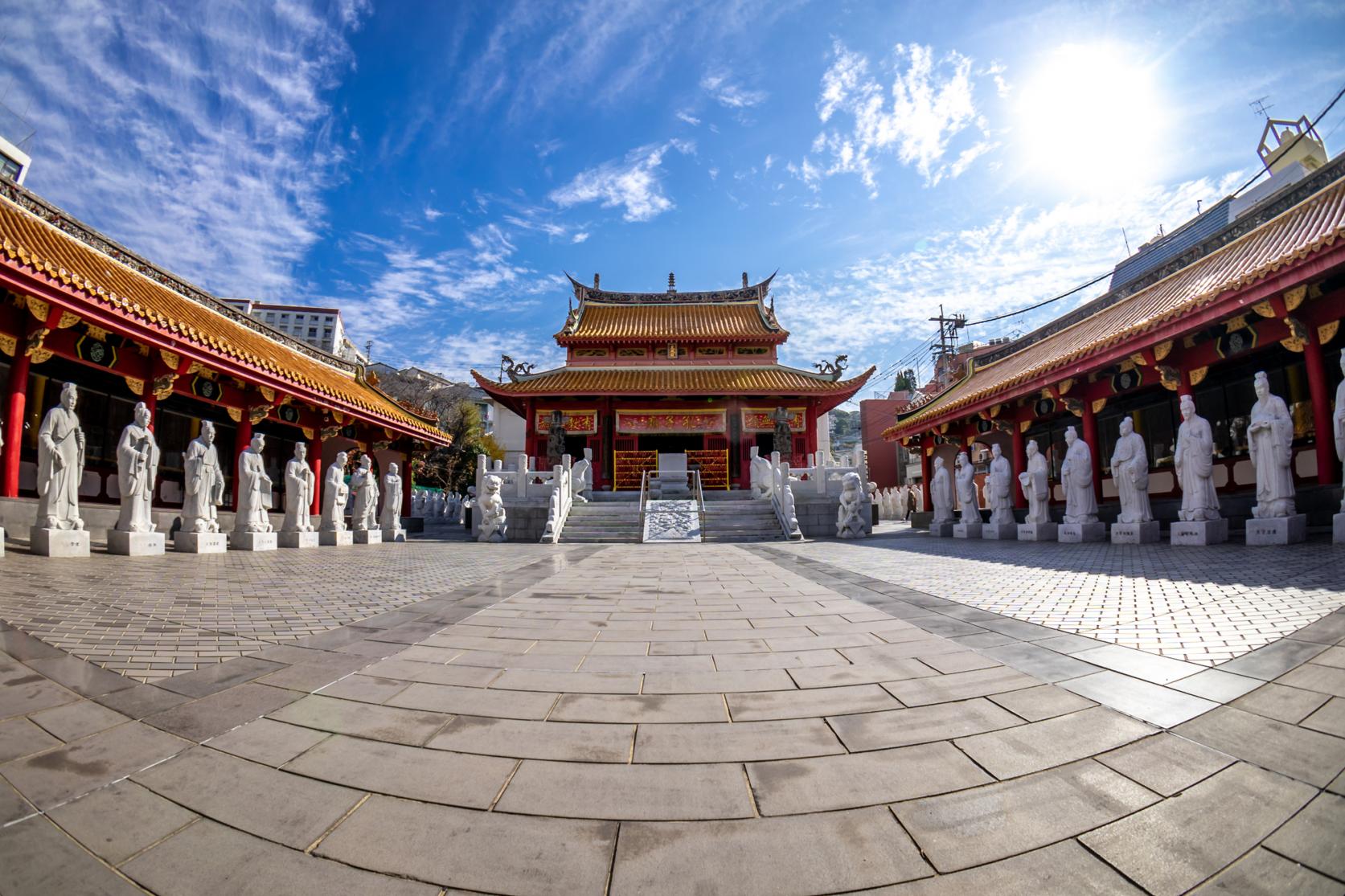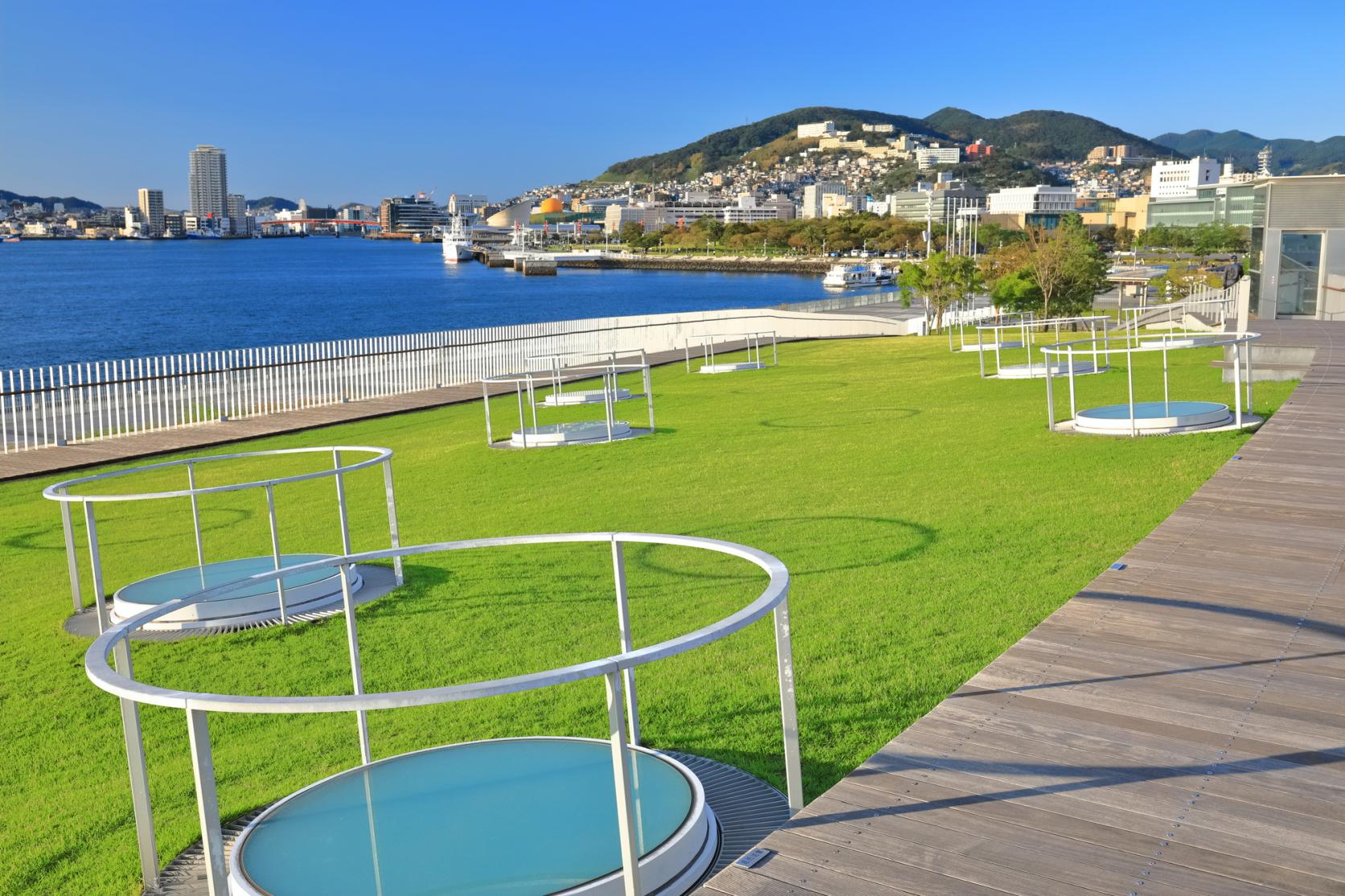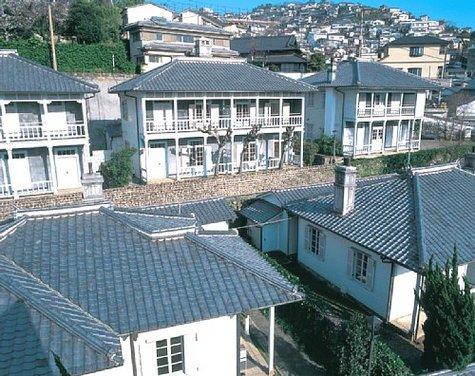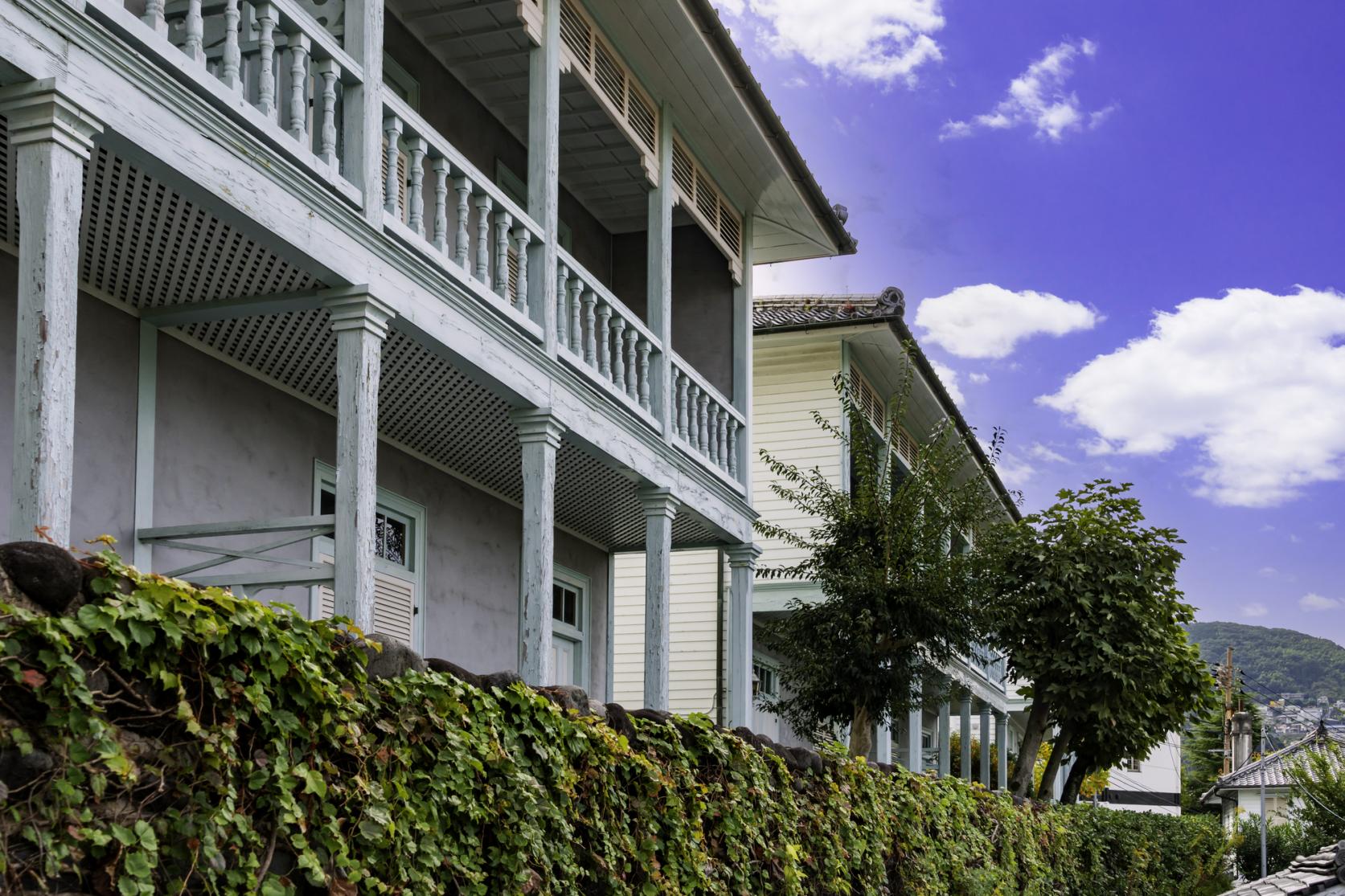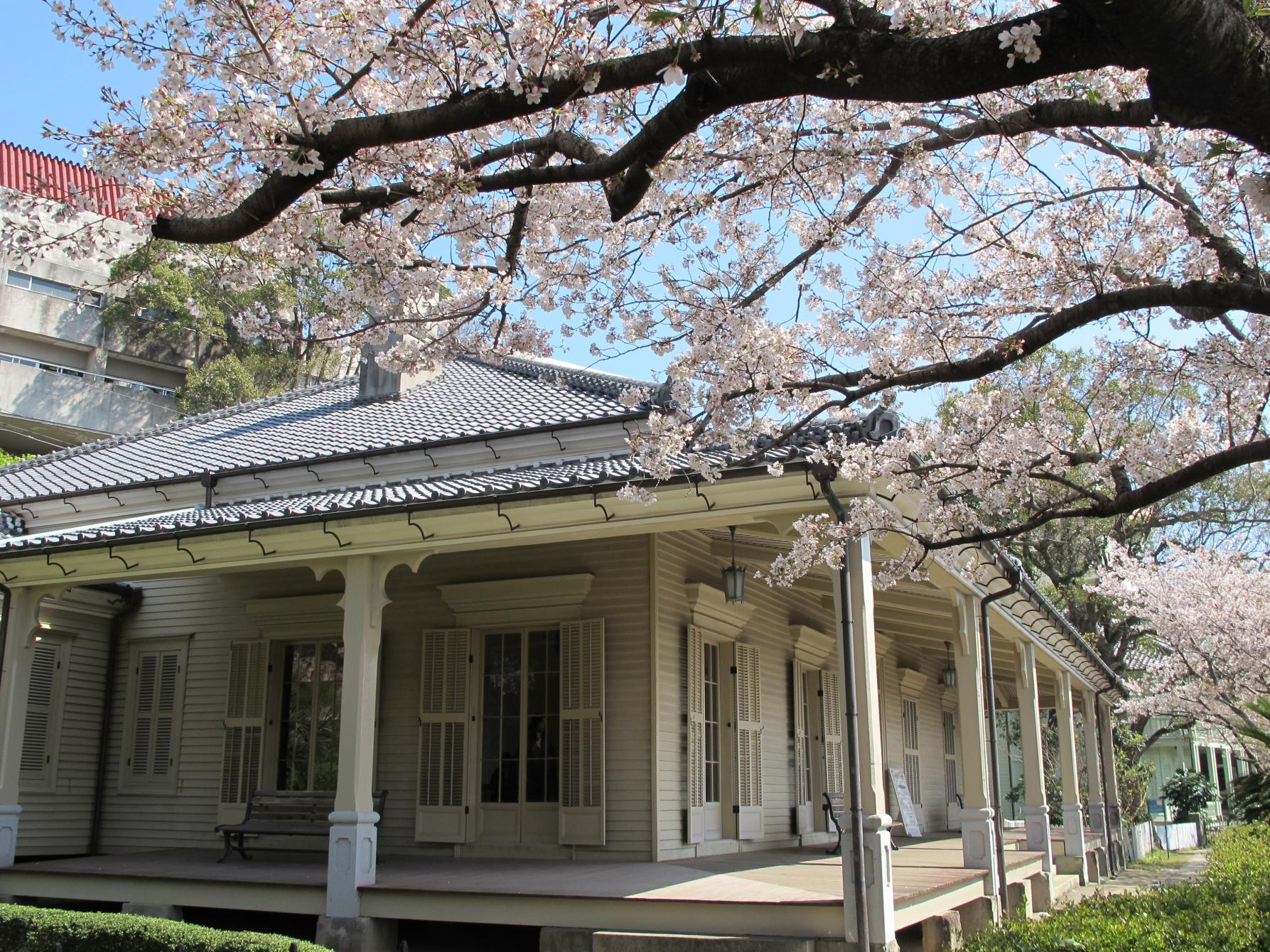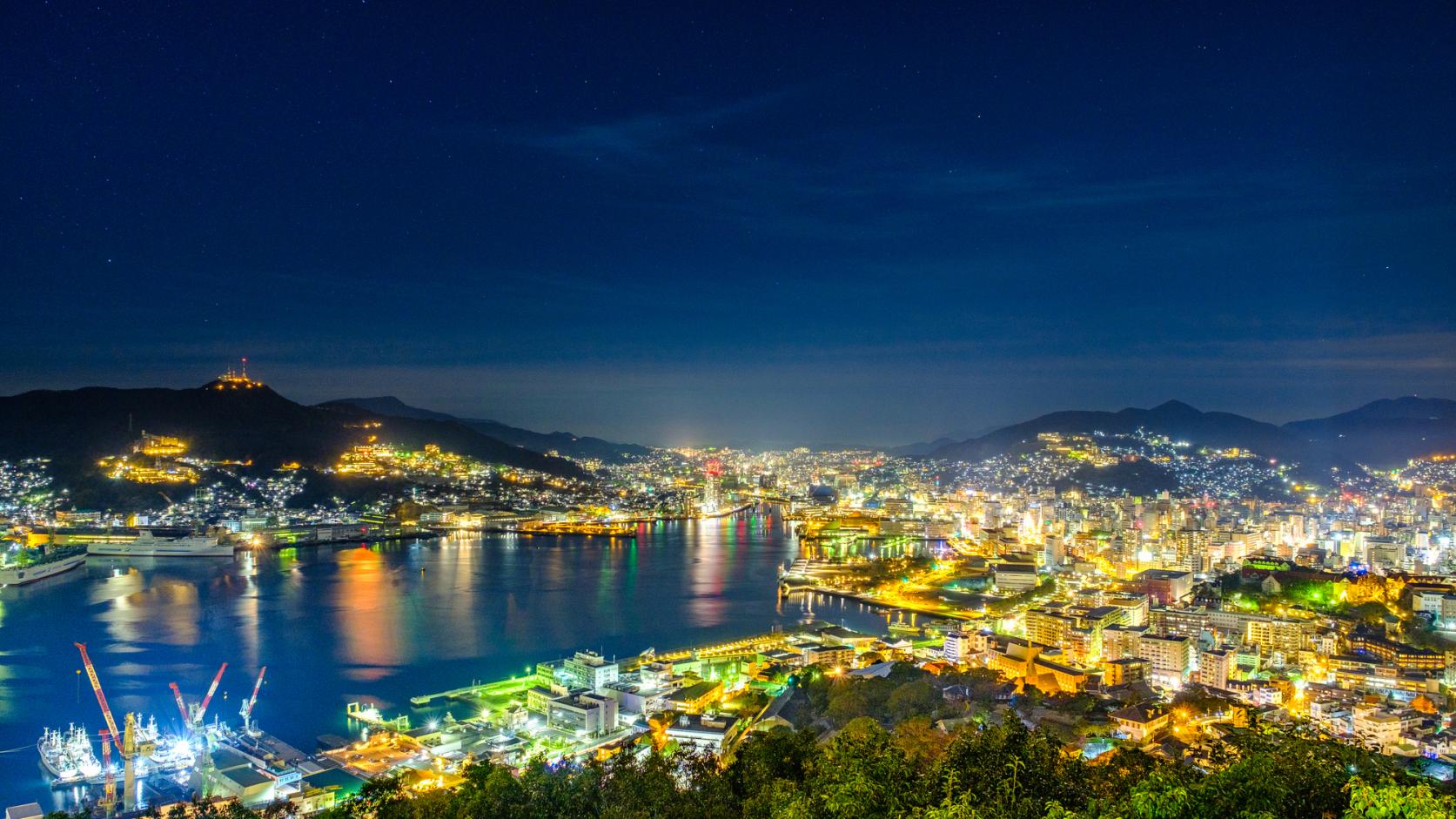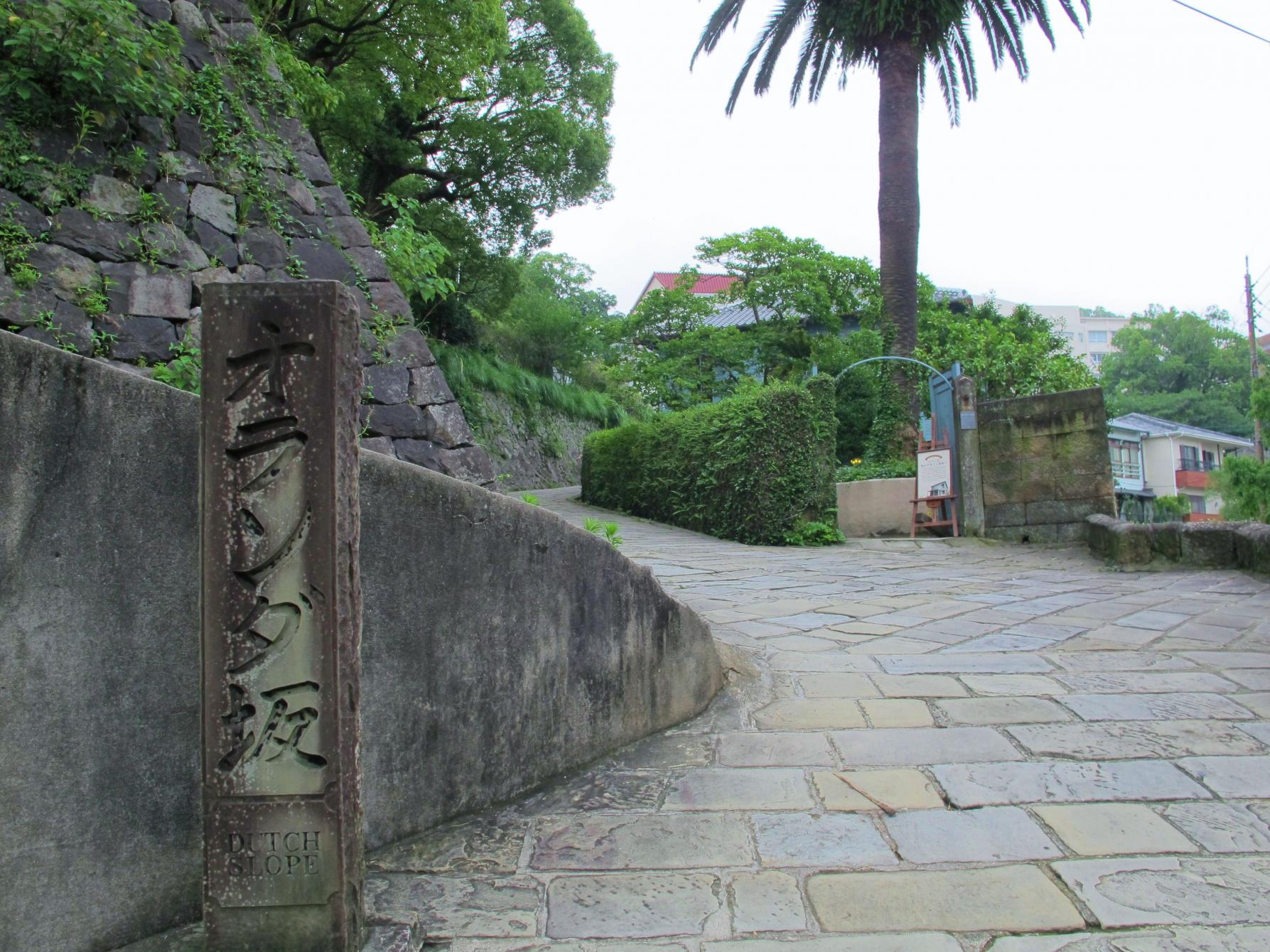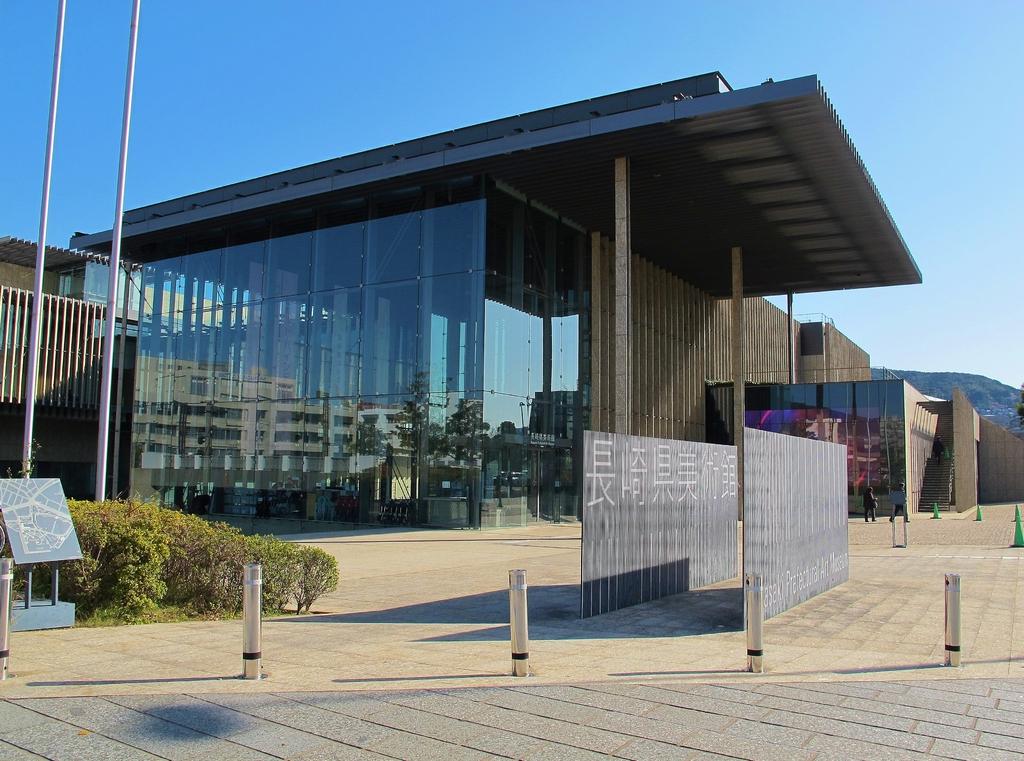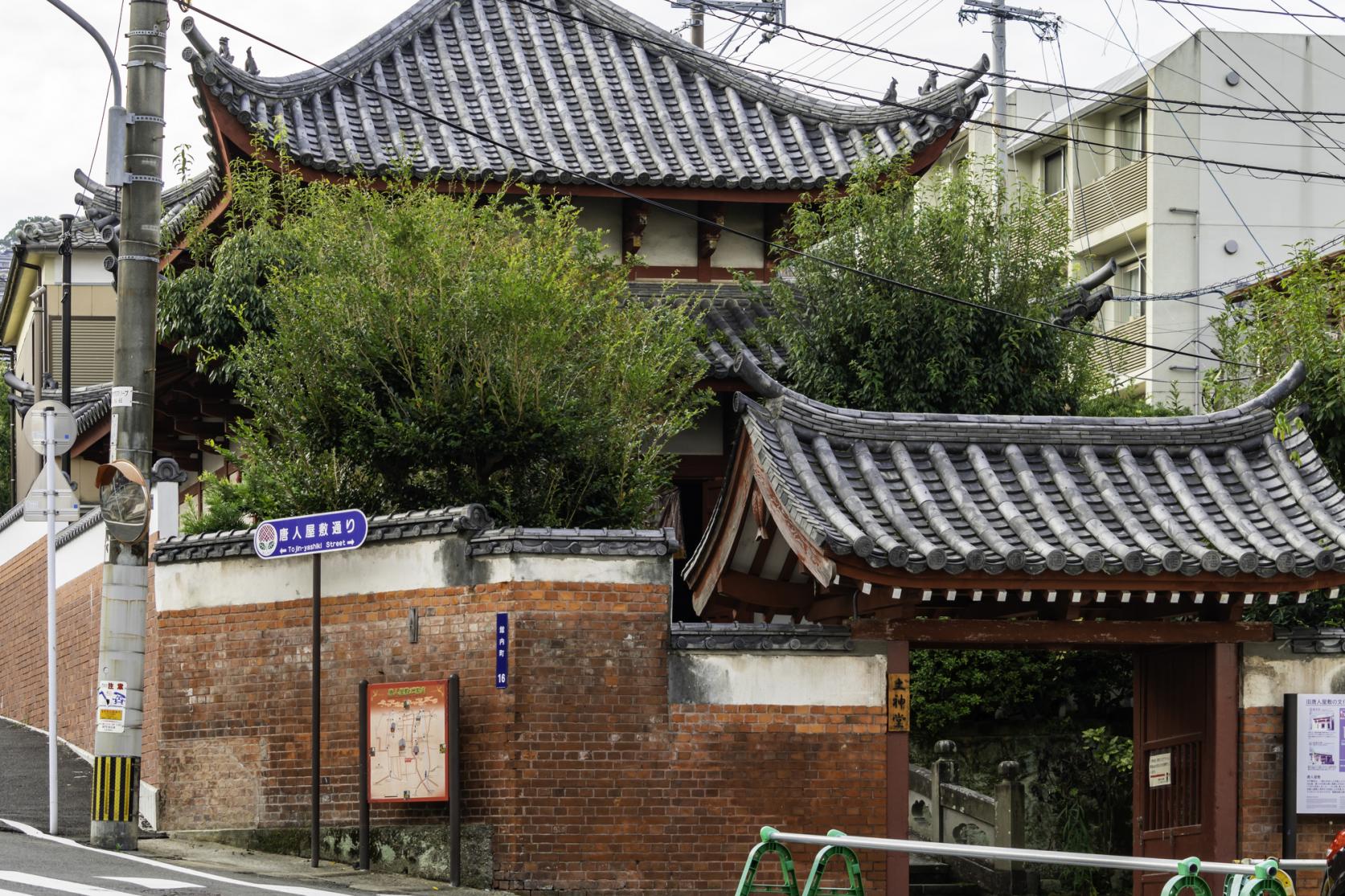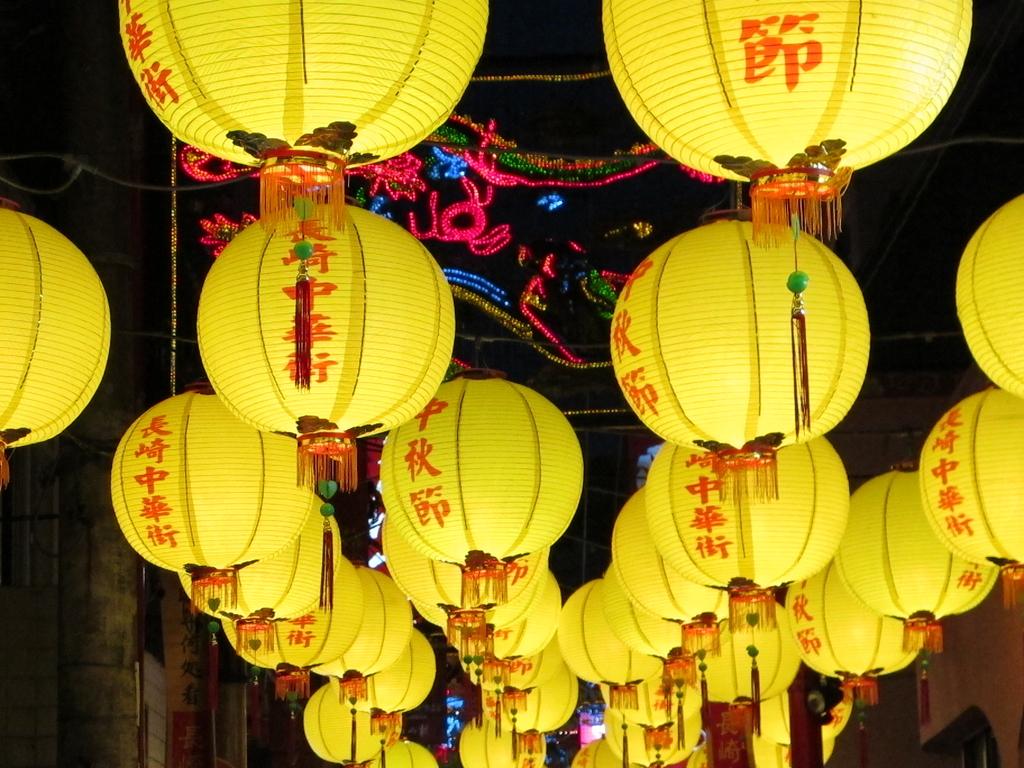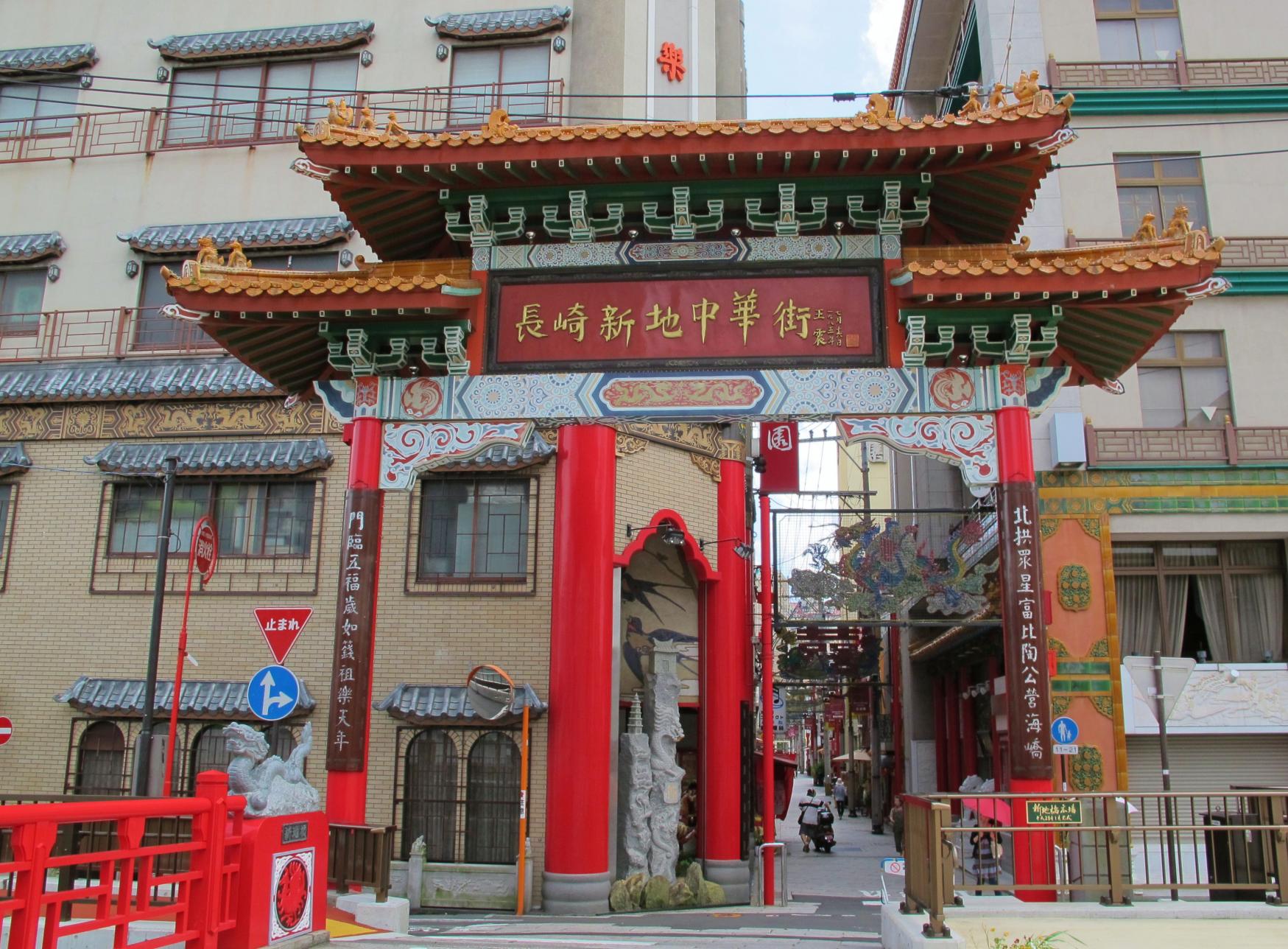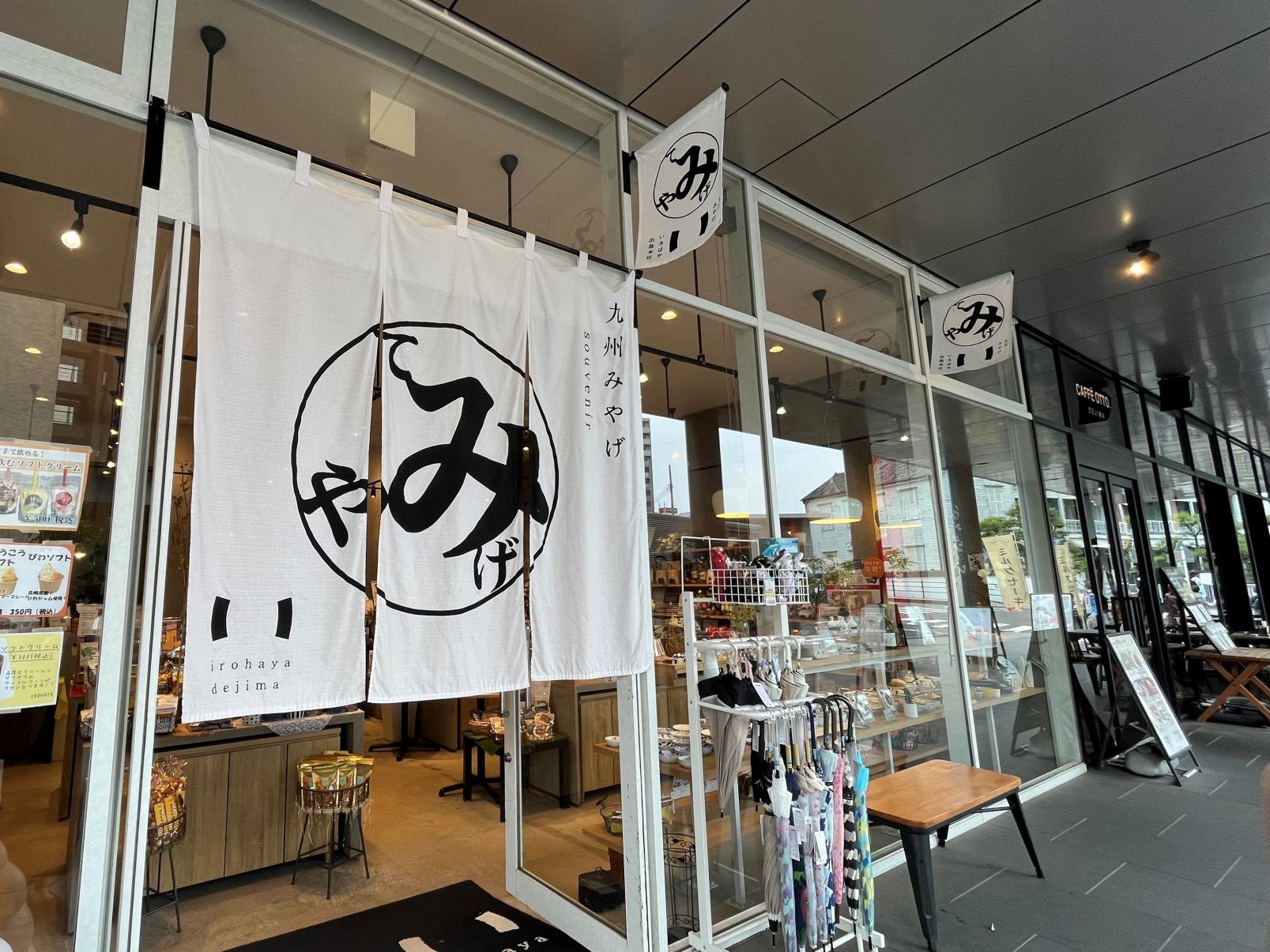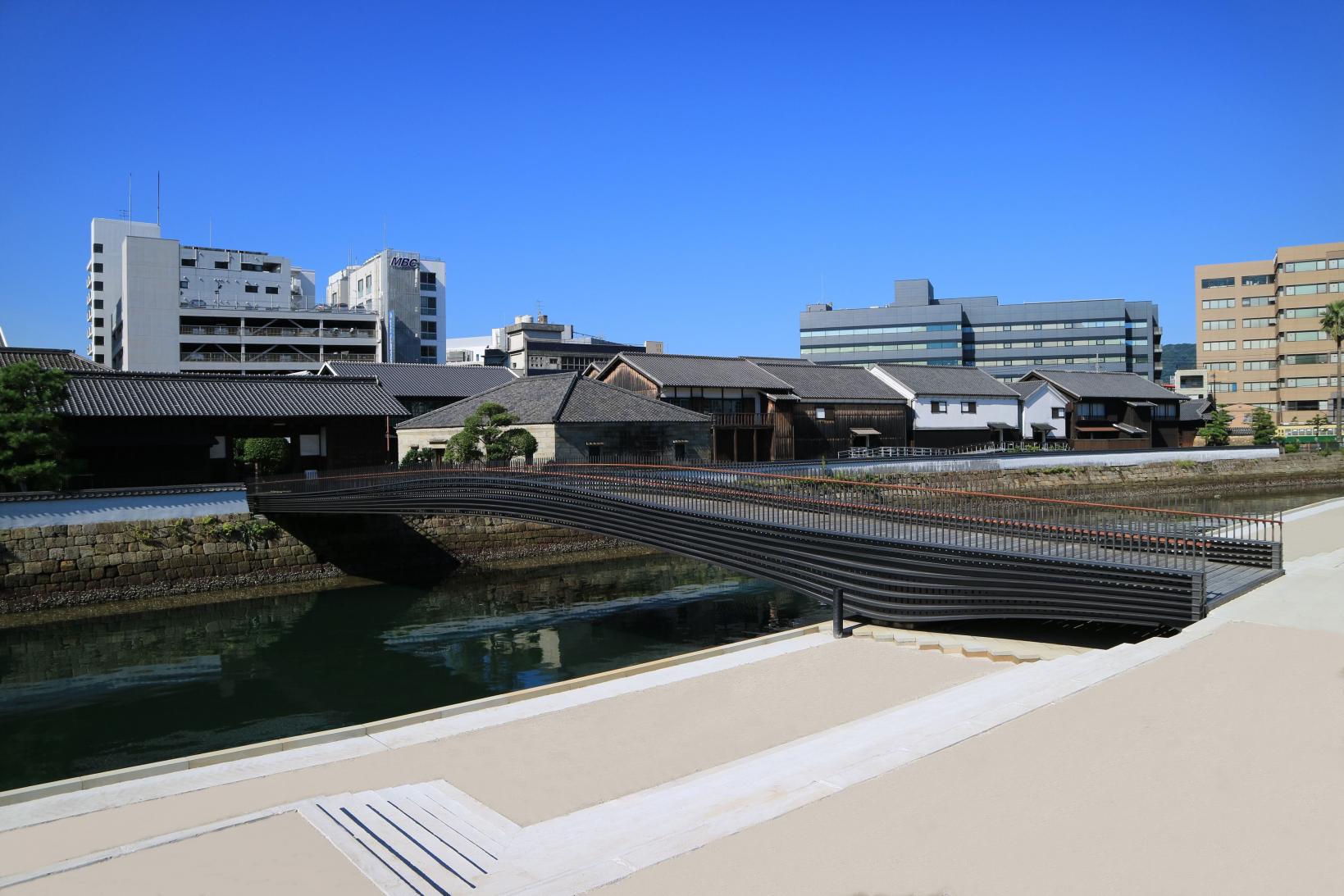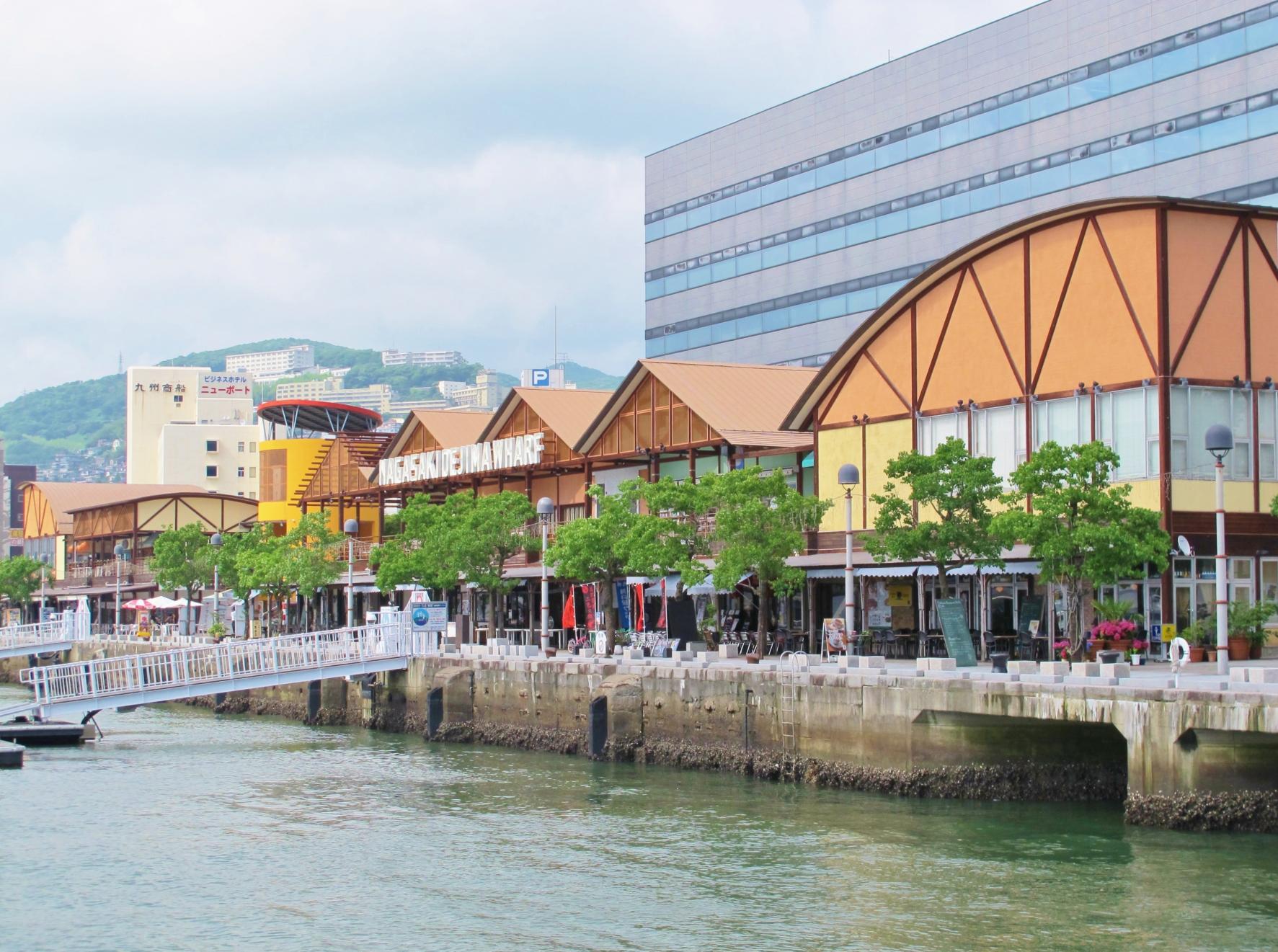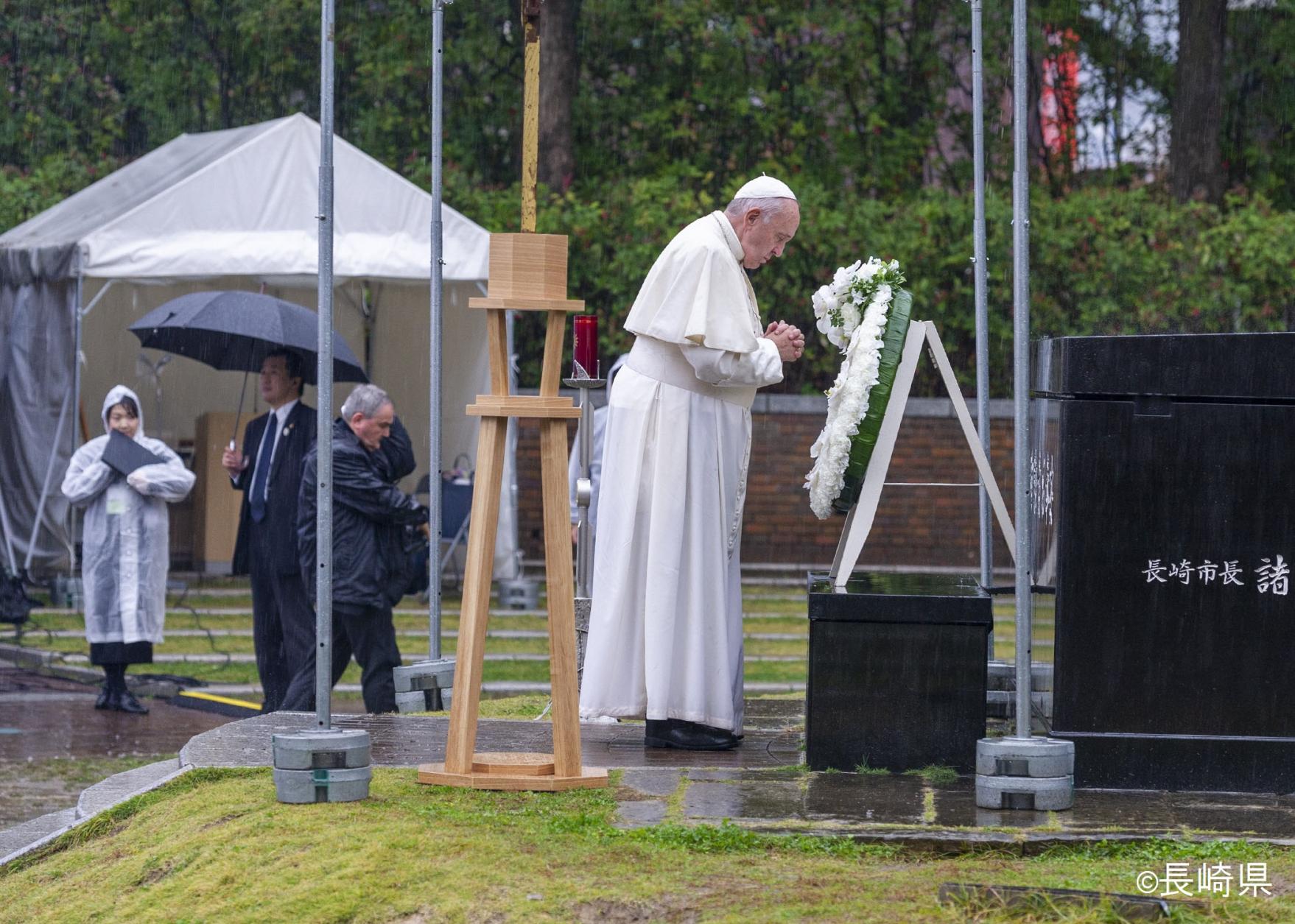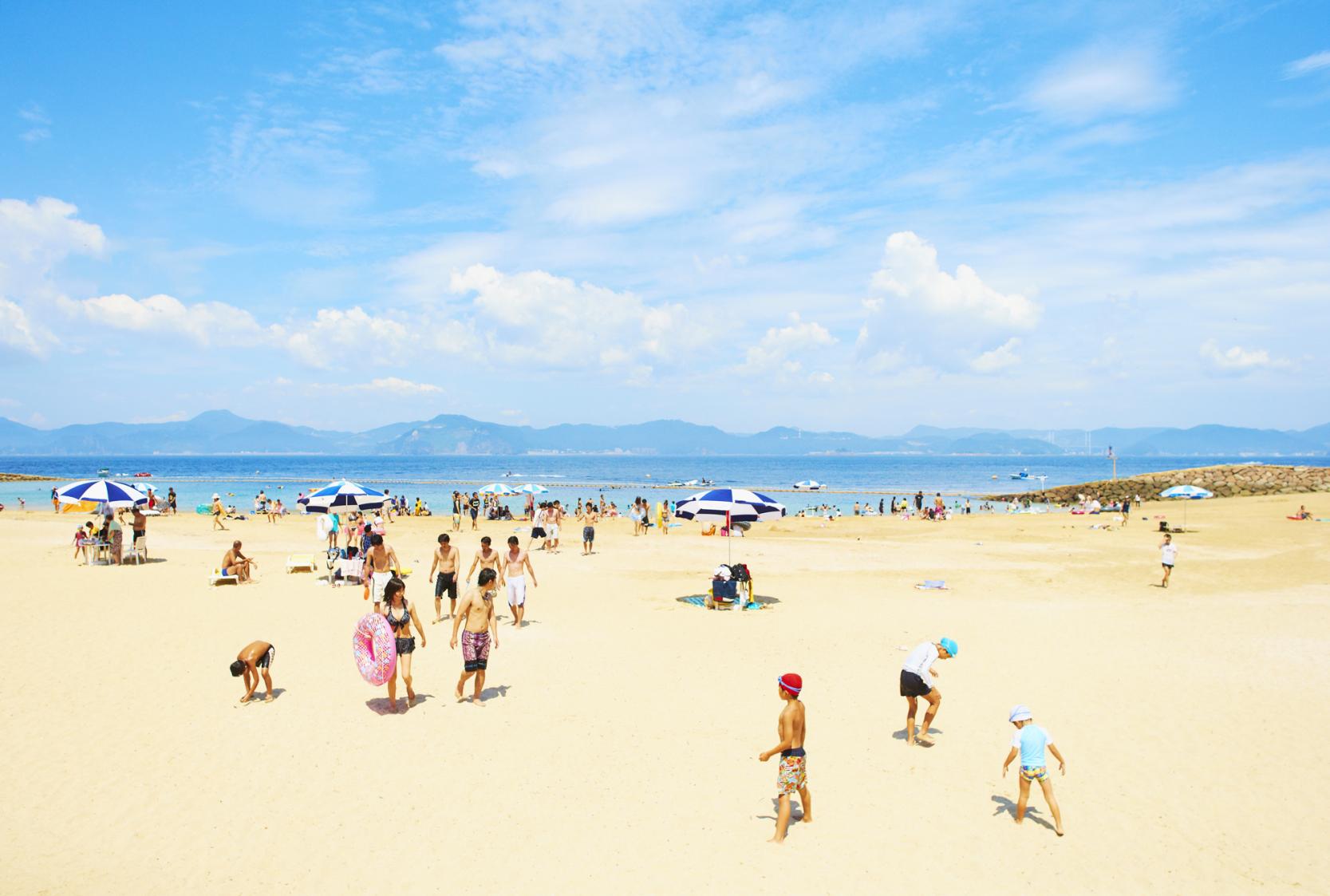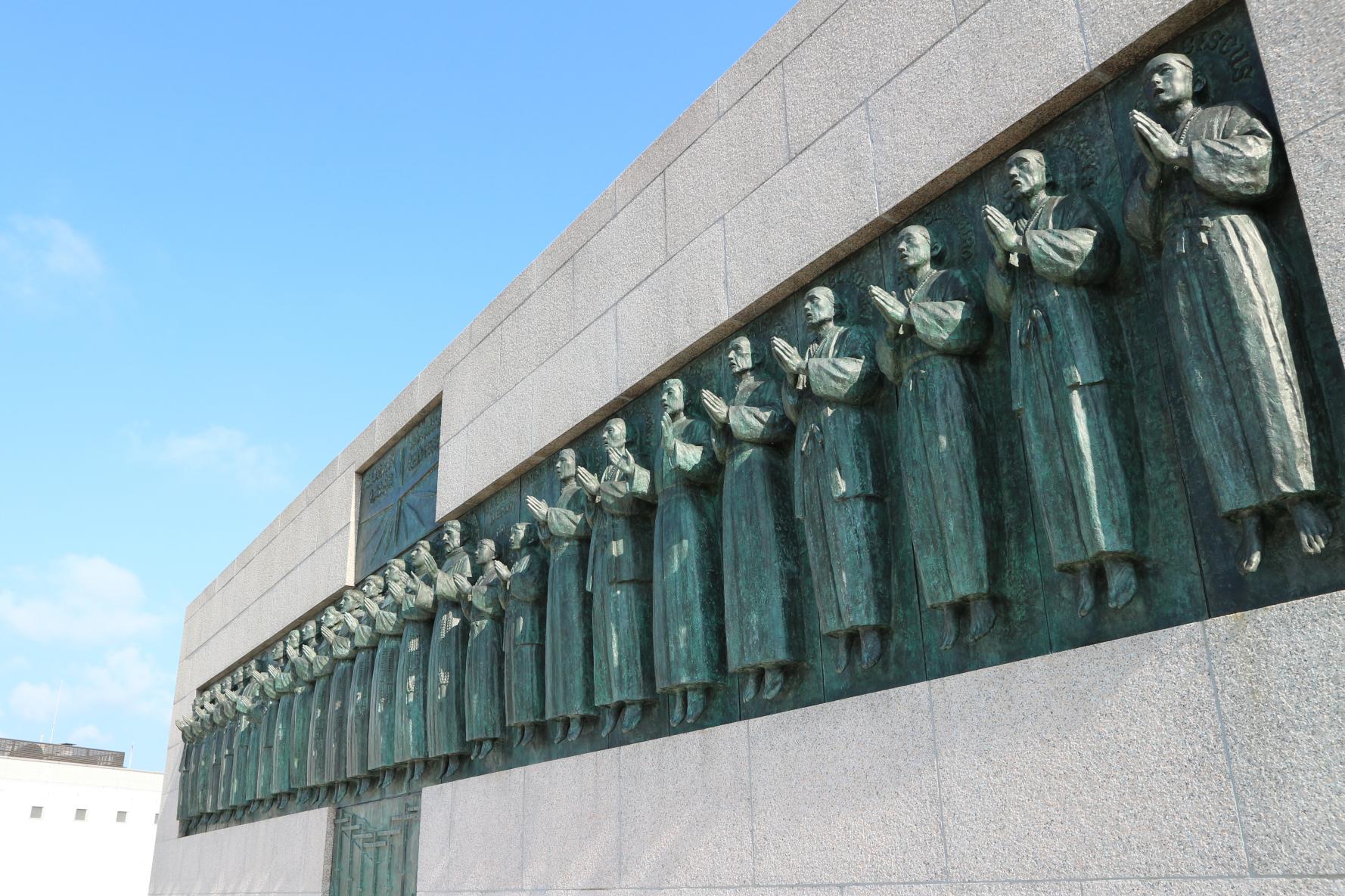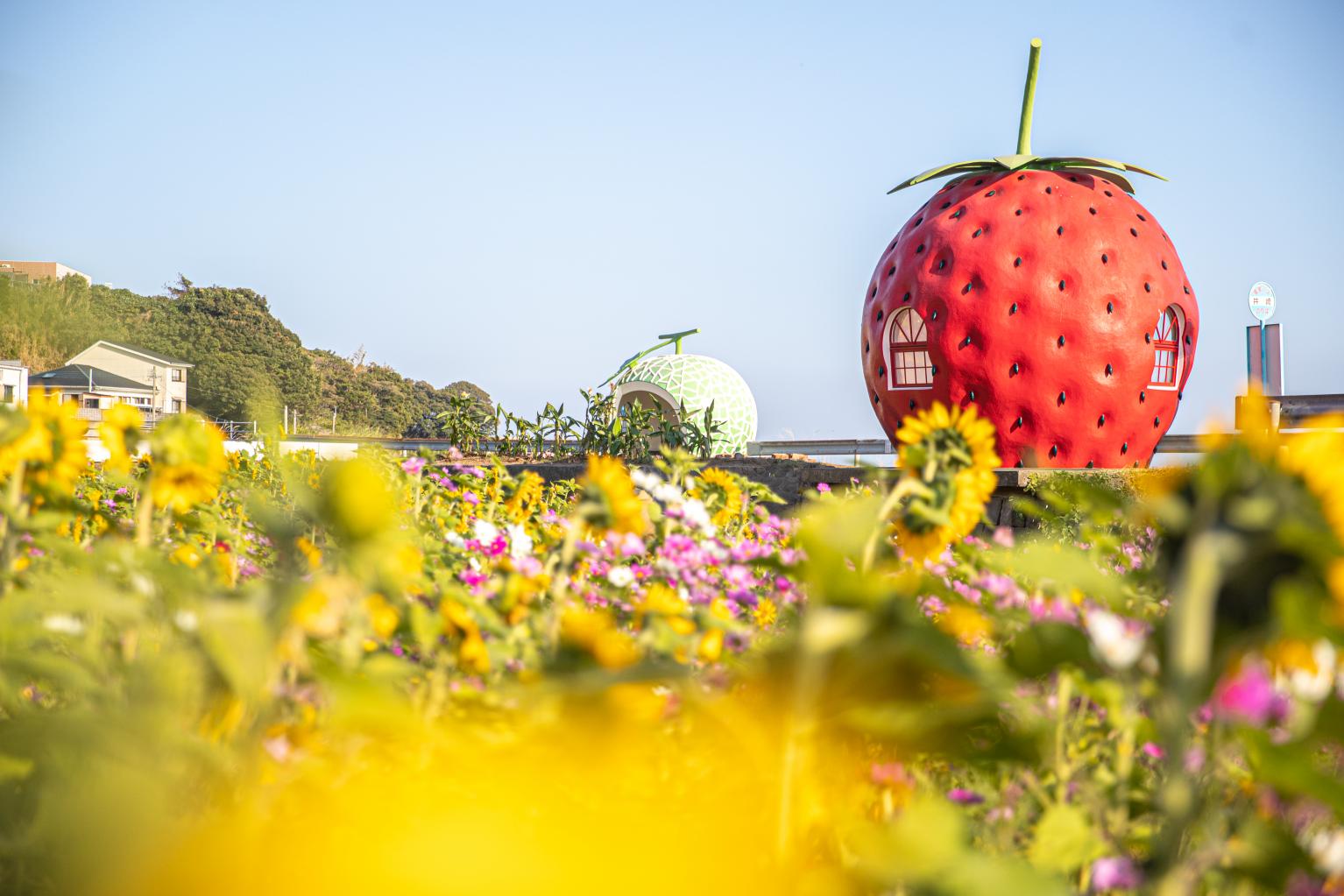Oura Cathedral / La cathédrale d’Oura (オオウラテンシュドウ)
Hidden Christian Sites in the Nagasaki Region / Les Sites chrétiens cachés de la région de Nagasaki
- Area
- Nagasaki City
- Category
- History&Culture World Heritage
-
Added to "My Favorite" list
Remove from your list
Add to "My Favorite" list
- 402753views
Oura Cathedral is one of the components that demonstrates what triggered the end of Hidden Christians’ hiding. Hidden Christians met the missionaries for the first time in two centuries (the ‘Discovery of Hidden Christians’). Hidden Christian leaders throughout the Nagasaki region visited the cathedral, and such contact with the missionaries brought about the transition and subsequent end of Hidden Christians’ hiding. In the transitional phase, Hidden Christian communities split into three groups: those who rejoined the Catholic Church, those who decided to continue their unique way of practising the faith that they had developed during the ban on Christianity, and those who converted to Buddhism or Shinto.
Oura Cathedral is located on a hill facing the Port of Nagasaki in the south of the Nagasaki region. Its precincts contain the parish house, the church building that was initially built for the foreigners within the Nagasaki Foreign Settlement, a seminary and a catechist school (both of which were established for missionary work after the lifting of the ban on Christianity).
Oura Cathedral stands within the former Foreign Settlement established in Oura after Japan opened its ports to overseas trade. In 1862, Father Furet of the Paris Foreign Missions Society selected the location to construct the church for use as the base of the Society’s mission in Nagasaki.
Within the precincts of the cathedral, a parish house was built first in 1863, then the church building itself was built in 1864. It had a Gothic-style exterior with three belfries. The floor plan had three naves, and its façade had a building plaque just like Buddhist temples, reading ‘Tenshudo’ (literally meaning ‘church’). It was dedicated to the 26 Catholics who were martyred in Nagasaki in the 16th century and canonised in 1862. The building faces in the direction of Nishizaka, their martyrdom site.
In 1865, soon after the dedication ceremony, a dozen Hidden Christians from Urakami Village in Nagasaki visited the church, and one of them approached Father Petitjean saying ‘We are of one heart with you’, and revealed their secret faith. News of this dramatic event, which came to be called the ‘Discovery of Hidden Christians’, immediately reached the Hidden Christian communities in the Nagasaki region, encouraging their leaders to visit the missionaries at the church as well.
Such contact with the missionaries brought about a transitional phase of the Hidden Christian communities and prompted various reactions among them. Those who decided to receive guidance from the missionaries revealed their faith in public, although the ban on Christianity was still in effect. As a result, the Tokugawa Shogunate arrested the Hidden Christians in Urakami in 1867, and the Meiji Government which continued the Shogunate’s policy of banning Christianity exiled more than 3,000 of them to twenty domains throughout Japan and tortured them in order to make them recant their faith. This incident is called ‘Urakami Yonban Kuzure’. On the Goto Islands, those Hidden Christians who revealed their faith in public were captured (Goto Kuzure), and on Hisaka Island, as many as 200 Hidden Christians were thrown in a jail cell roughly 19.8 square meters in area, killing many of them (the Royanosako Martyrdom). The missionaries of Oura Cathedral addressed the consulates of Western countries represented in Japan to help stop these persecutions. The Meiji Government lifted the ban in 1873 in response to increasing criticism from western countries, eventually putting an end to the suppression of Christianity in Japan.
Following the lifting of the ban, the Hidden Christian communities split into three groups: those who decided to receive guidance from the missionaries and join the Catholic Church as their ancestors did in the 16th century, those who decided to continue their unique way of practising the faith that they had developed for two and a half centuries, and those who converted to Buddhism or Shinto.
The missionaries of the church gave full catechistical instruction to the former Hidden Christians, placing great importance on the catechism and specific terms in Portuguese and Latin that had been introduced by the Catholic mission in the 16th century and that the religious communities of Hidden Christians had, hitherto, transmitted from generation to generation by themselves. The missionaries made coloured engravings and other materials for the mission as well. At the same time, they also reintegrated the distinctive ways of the Hidden Christians into the more conventional rituals and customs of Catholicism.
The church building underwent extension work to deal with an increasing number of Catholics attending church services after the lifting of the ban, and in 1879 the scale and the appearance of the building took on the form that is seen today. Within its precincts, the Latin Seminary and the Catechist School were established for the purpose of training Japanese clergy. The Latin Seminary was constructed in 1875, and the Japanese graduates were sent to the remaining Hidden Christian communities following the first graduation ceremony in 1879. The Catechist School was established around 1883 in order to train catechists to give catechistical instruction in the remaining Hidden Christian villages, in place of missionaries, so that it was easier to visit these villages scattered throughout such a large area. Many Japanese catechists graduated from the school, and until 1892 were sent to the Nagasaki region to carry out their missionary work. The Latin Seminary and the Catechist School provided the driving forces encouraging Hidden Christians to rejoin the Catholic Church during this transitional phase.
Information
| Address | 850-0931 長崎県長崎市南山手町5-3 | |
|---|---|---|
| TEL | 095-823-2628(大浦天主堂) | |
| FAX | 095-827-5452 | |
| Hours of Operation | 8:30~18:00(Last entry at 17:30) | |
| Website | https://oura-church.jp/ |
Français
La « Cathédrale d'Oura » est une composante du patrimoine qui témoigne de la cause de la fin de la « clandestinité » des chrétiens. Les chrétiens clandestins ont rencontré à la Cathédrale d'Oura les missionnaires venus au Japon après son « ouverture ». Il s'agissait de la première « Découverte des chrétiens cachés » depuis deux siècles. Le contact ultérieur entre les missionnaires de la Cathédrale d'Oura et les leaders des villages de chrétiens clandestins de différentes régions a marqué un tournant pour ces derniers, dont certains retournèrent ensuite au catholicisme, d'autres continuèrent à pratiquer leur foi depuis la période de persécution, et d'autres encore se convertirent au shintoïsme ou au bouddhisme, ce qui marqua enfin la fin de leur « clandestinité ».



